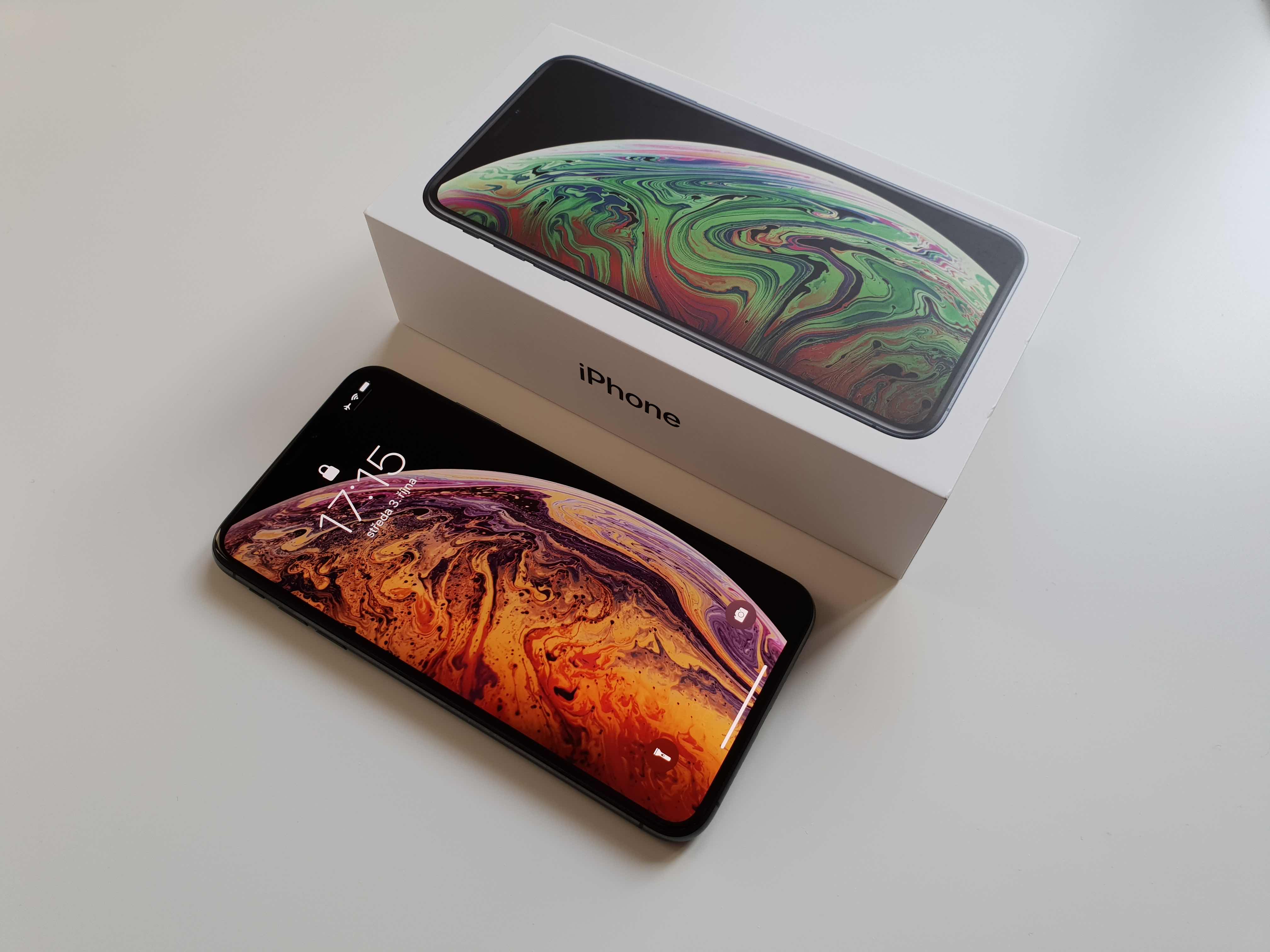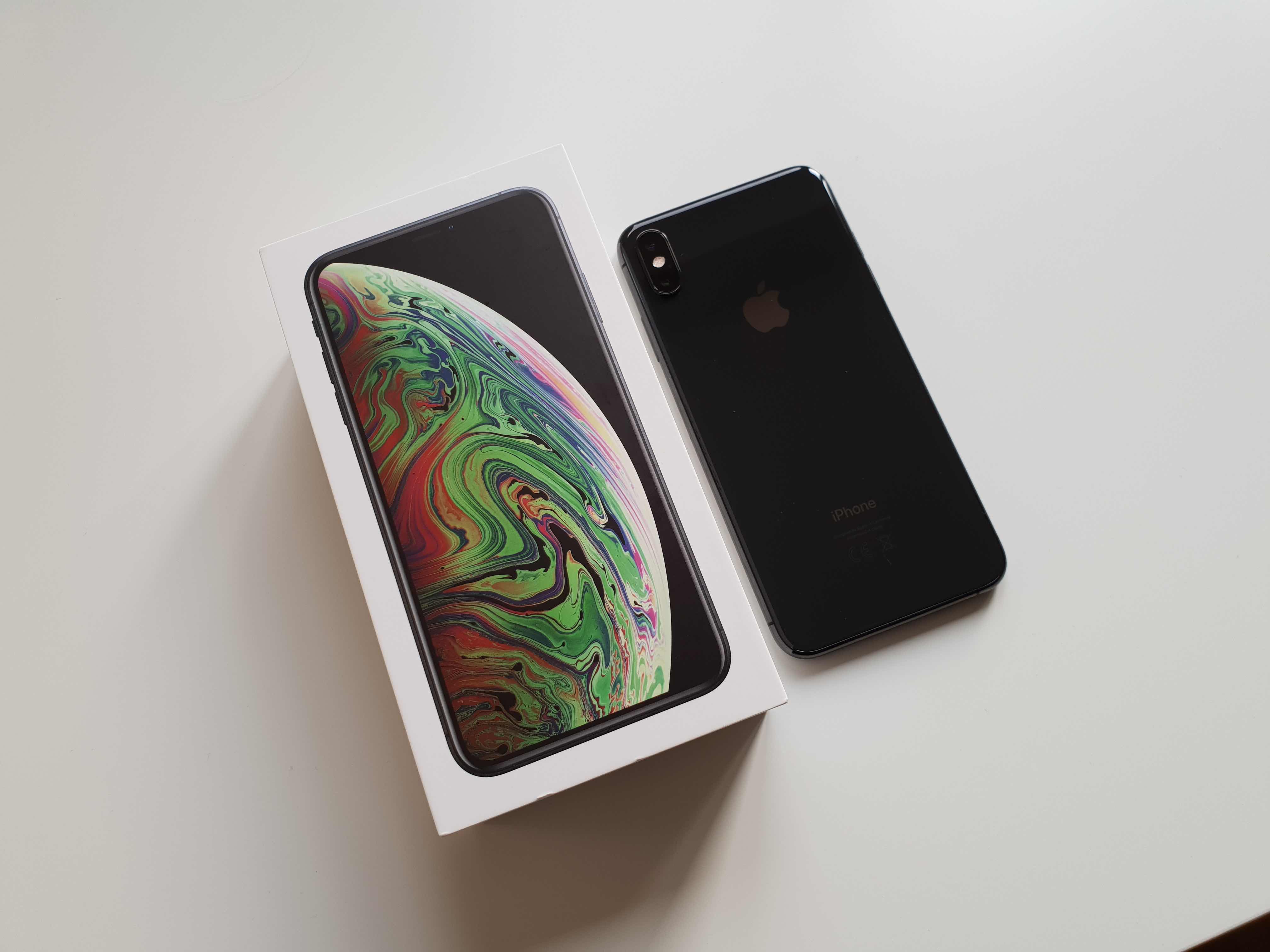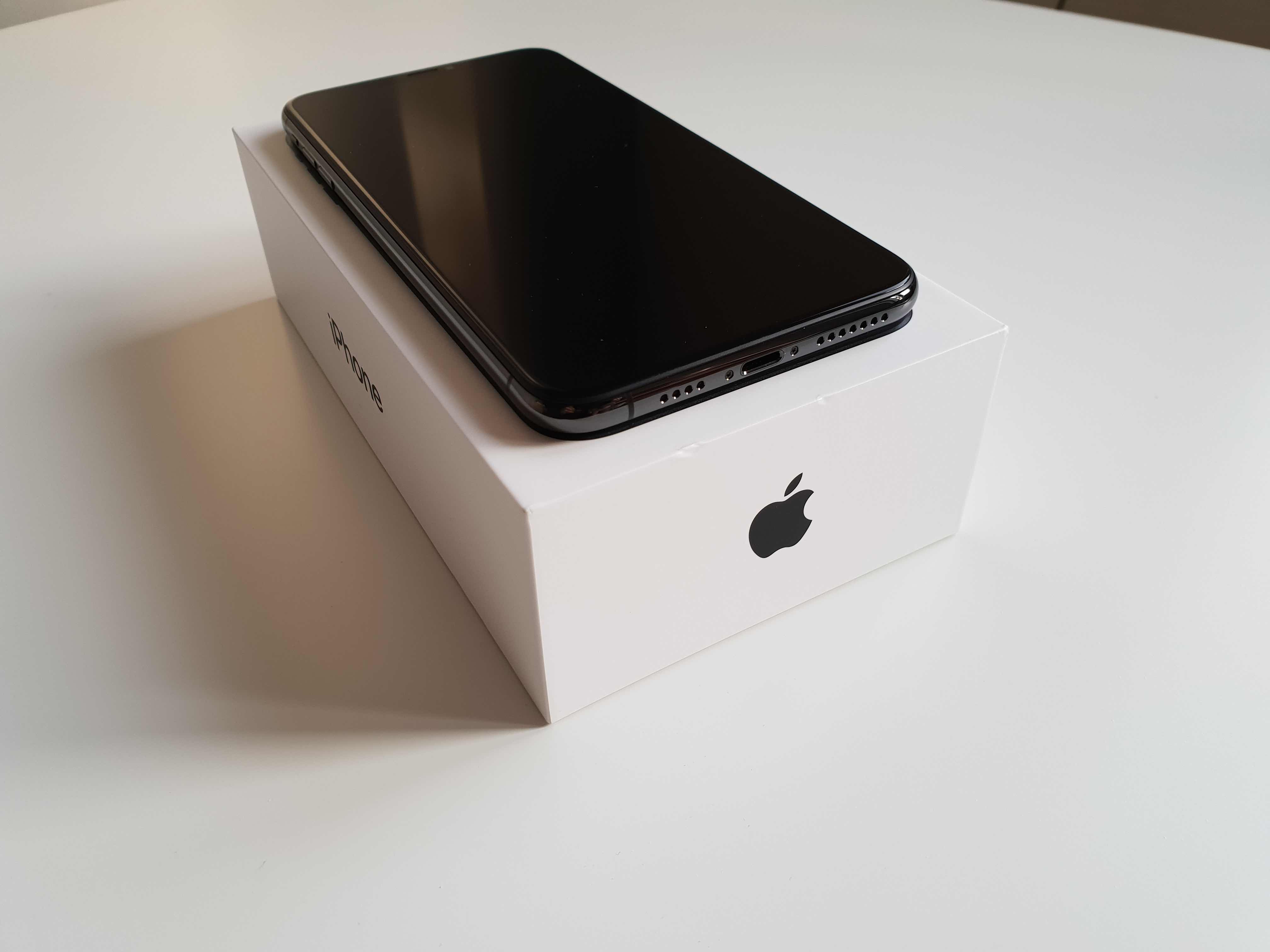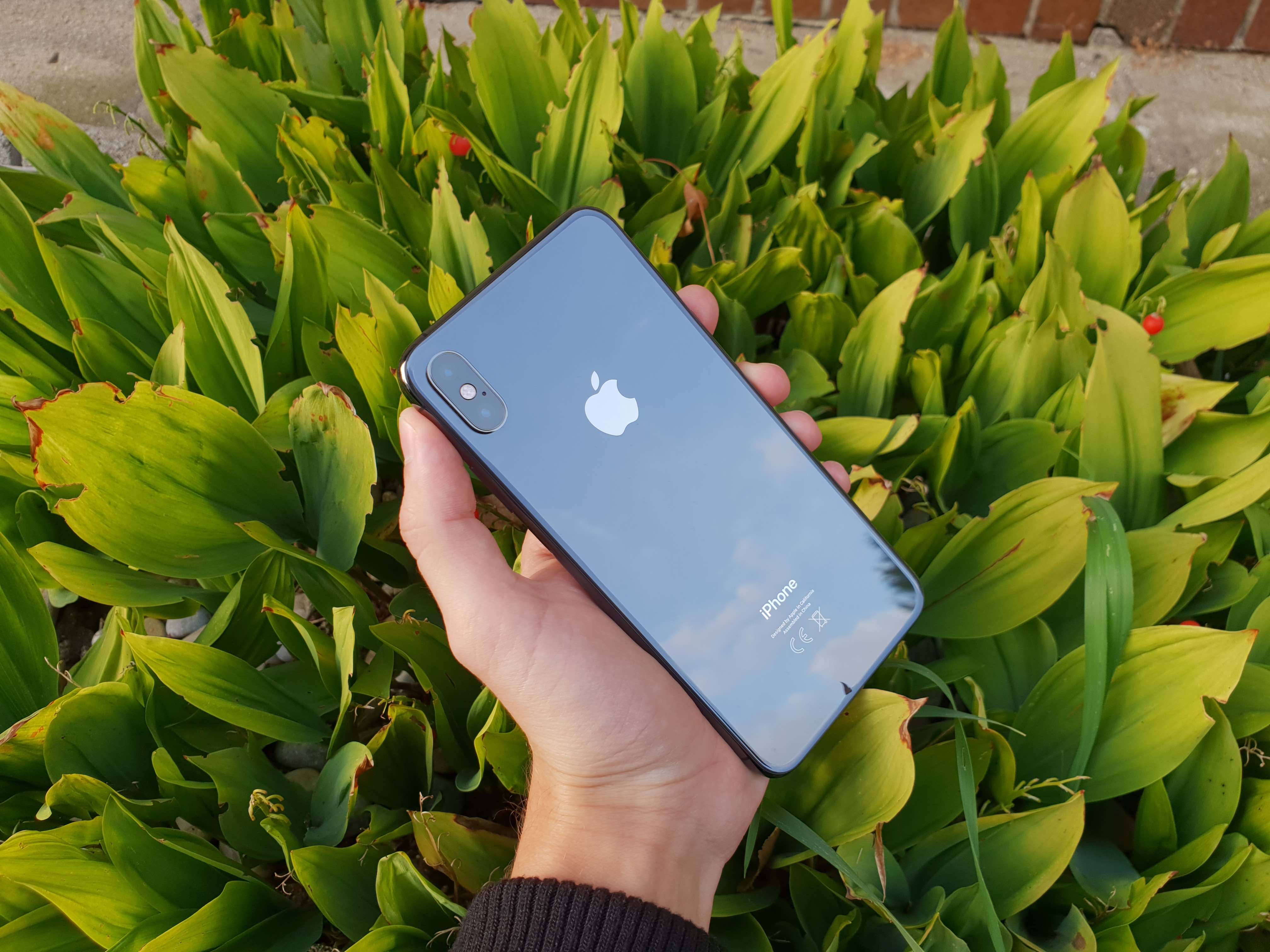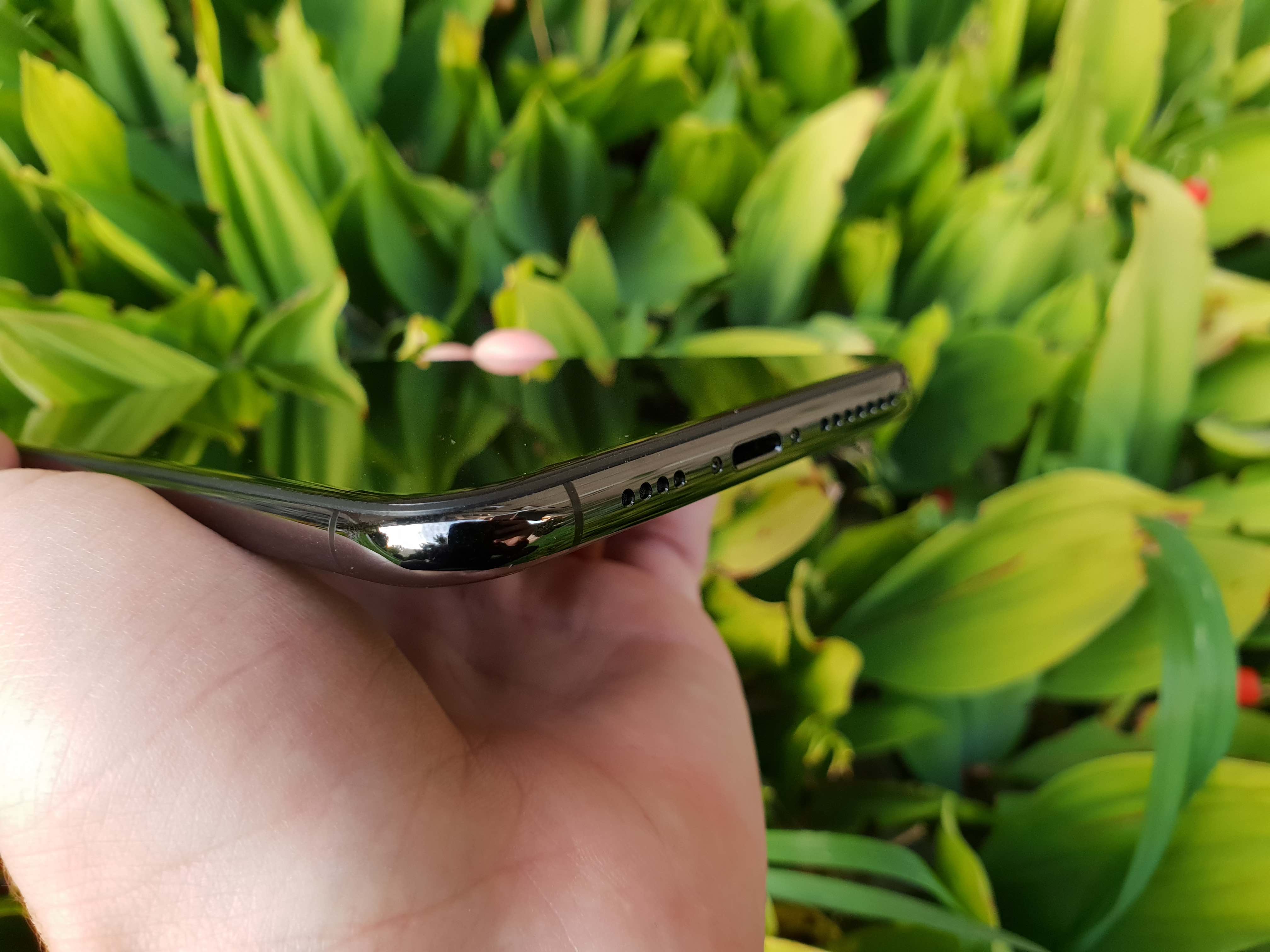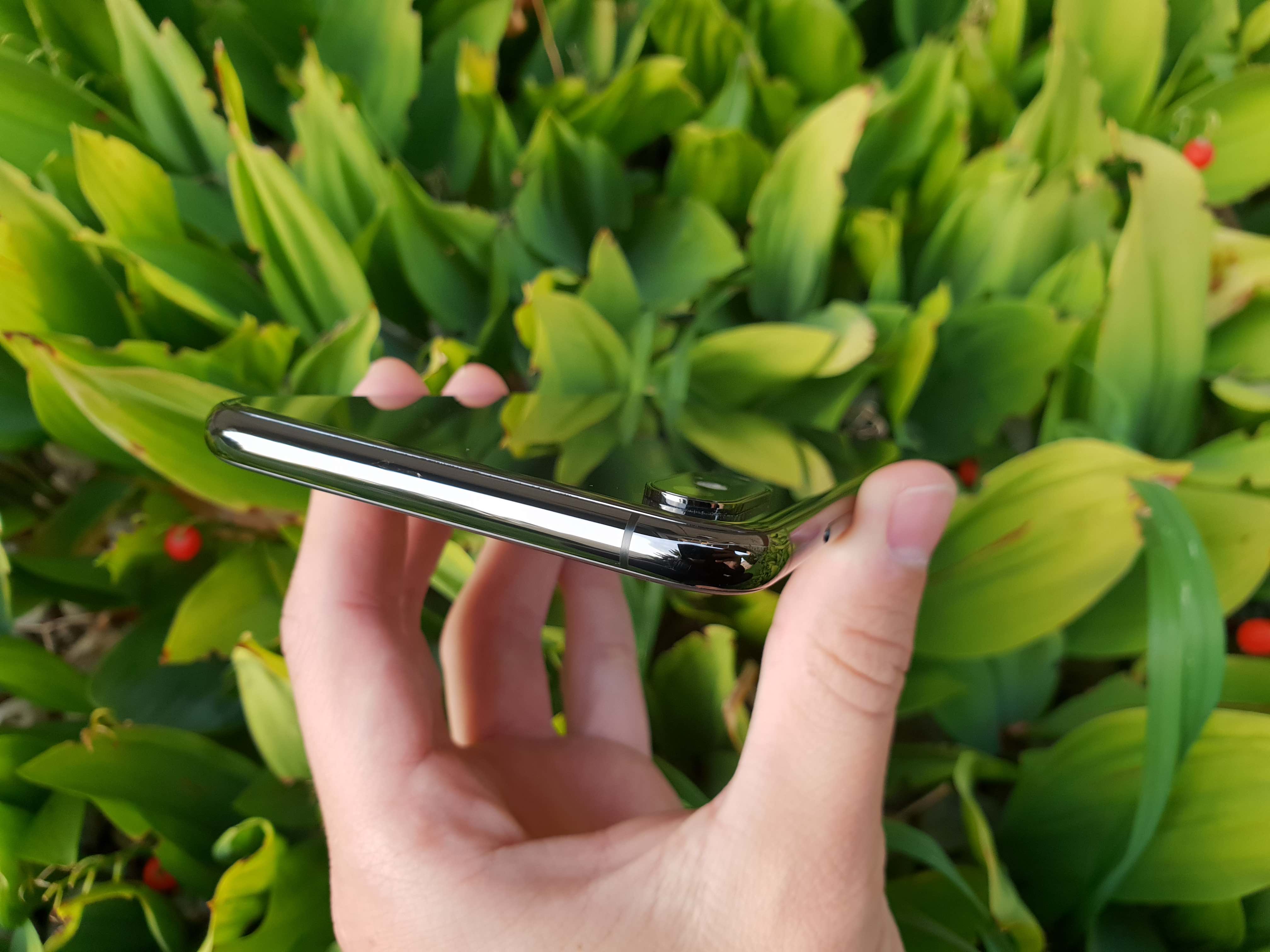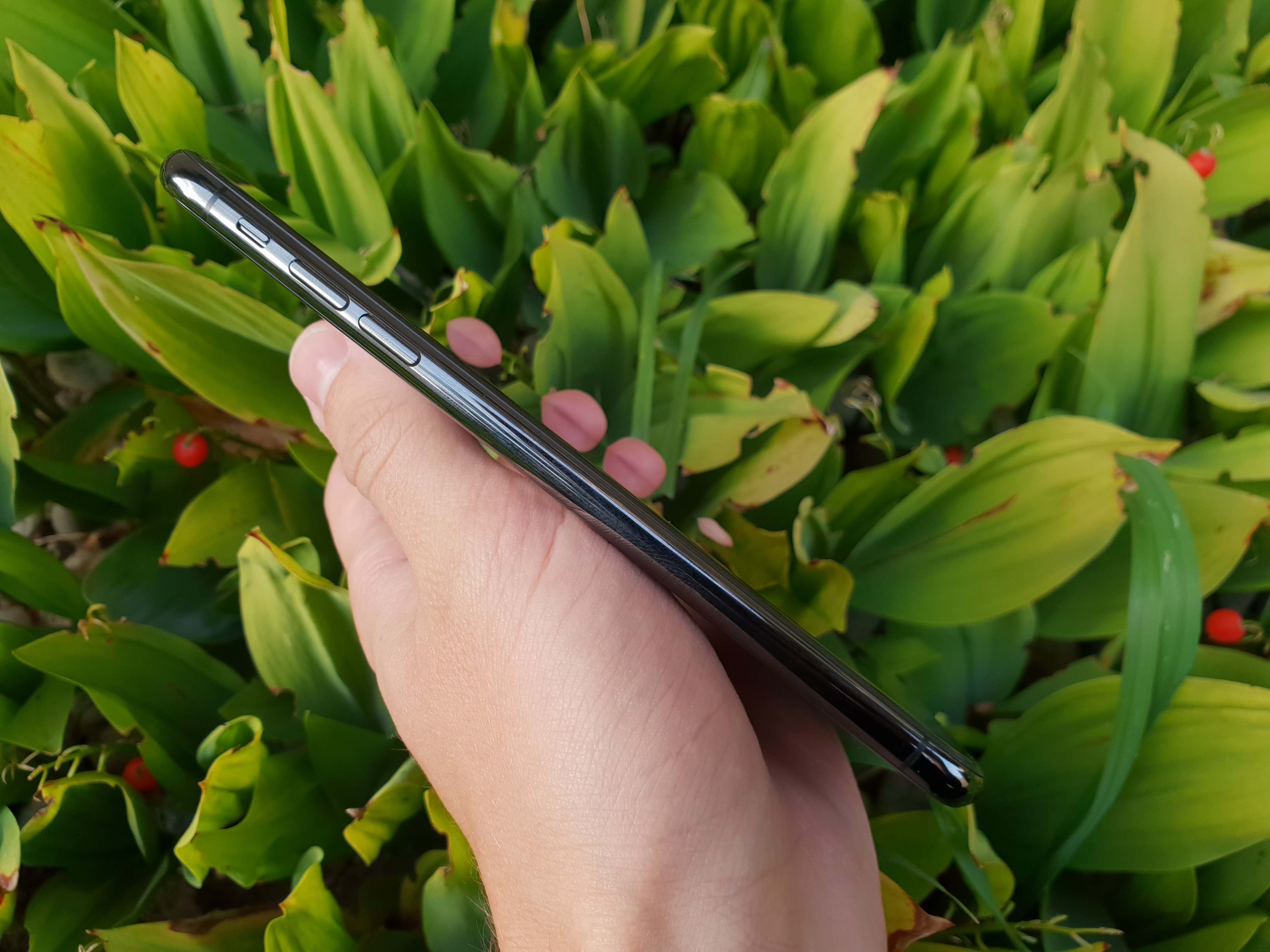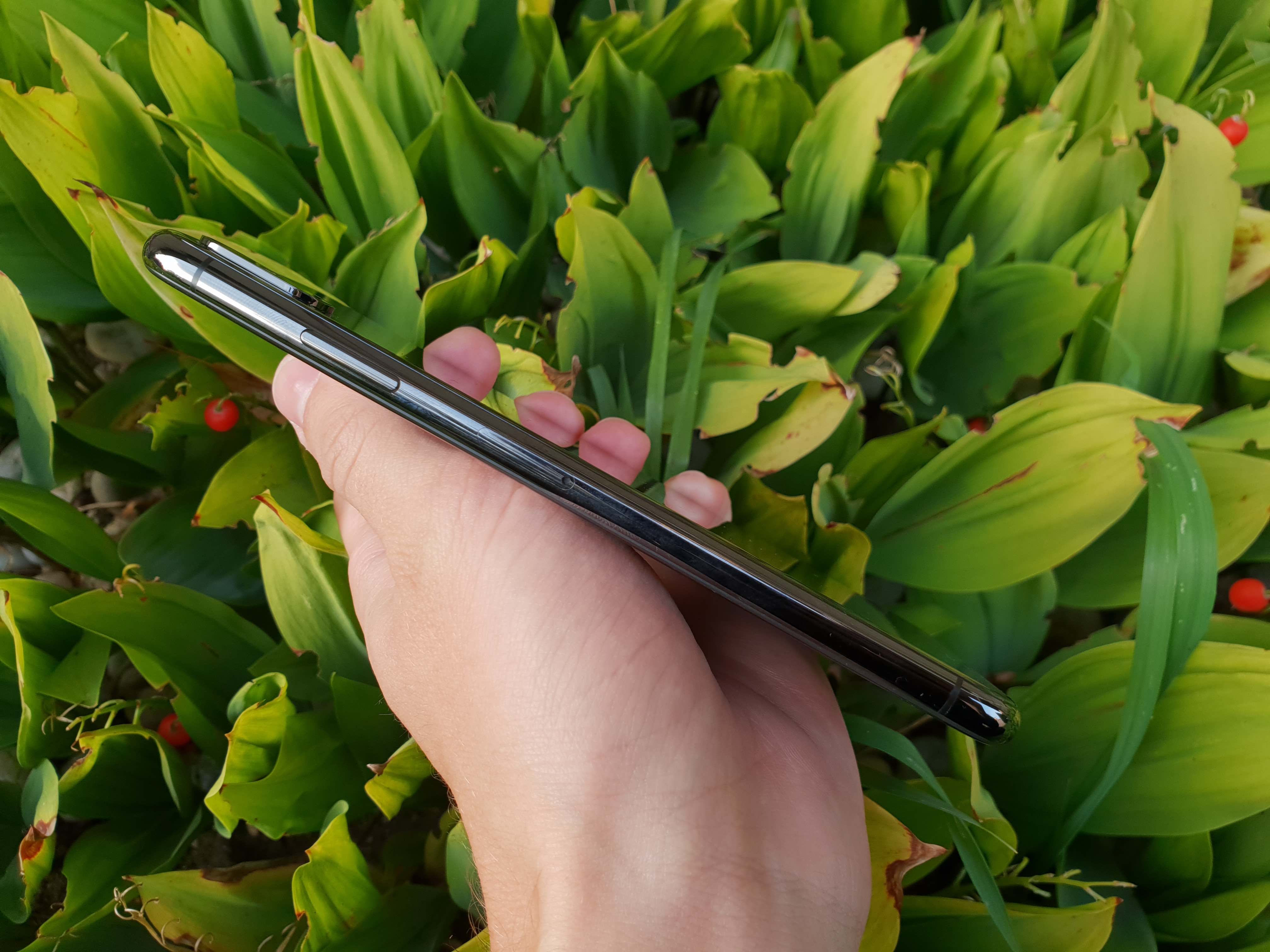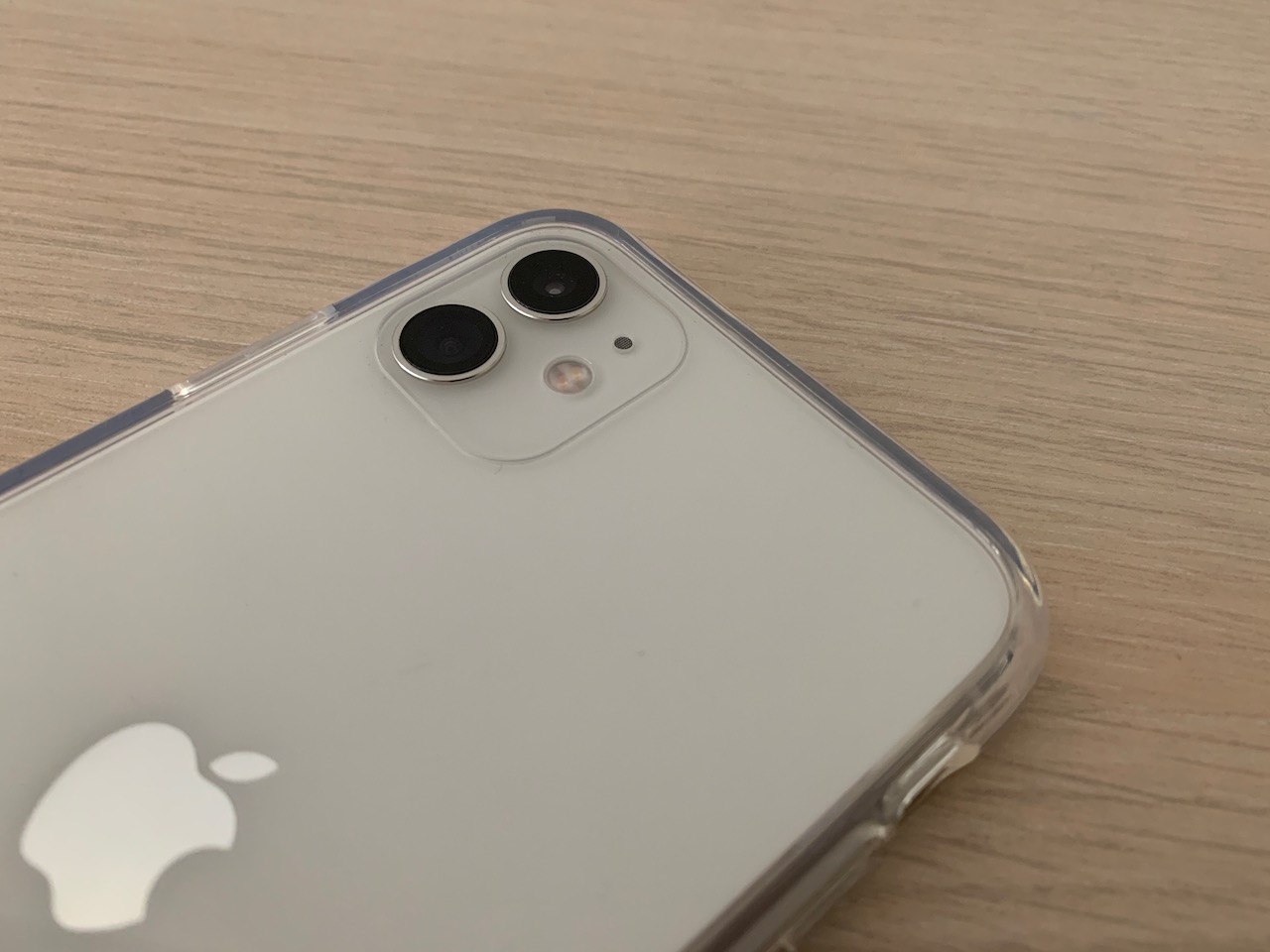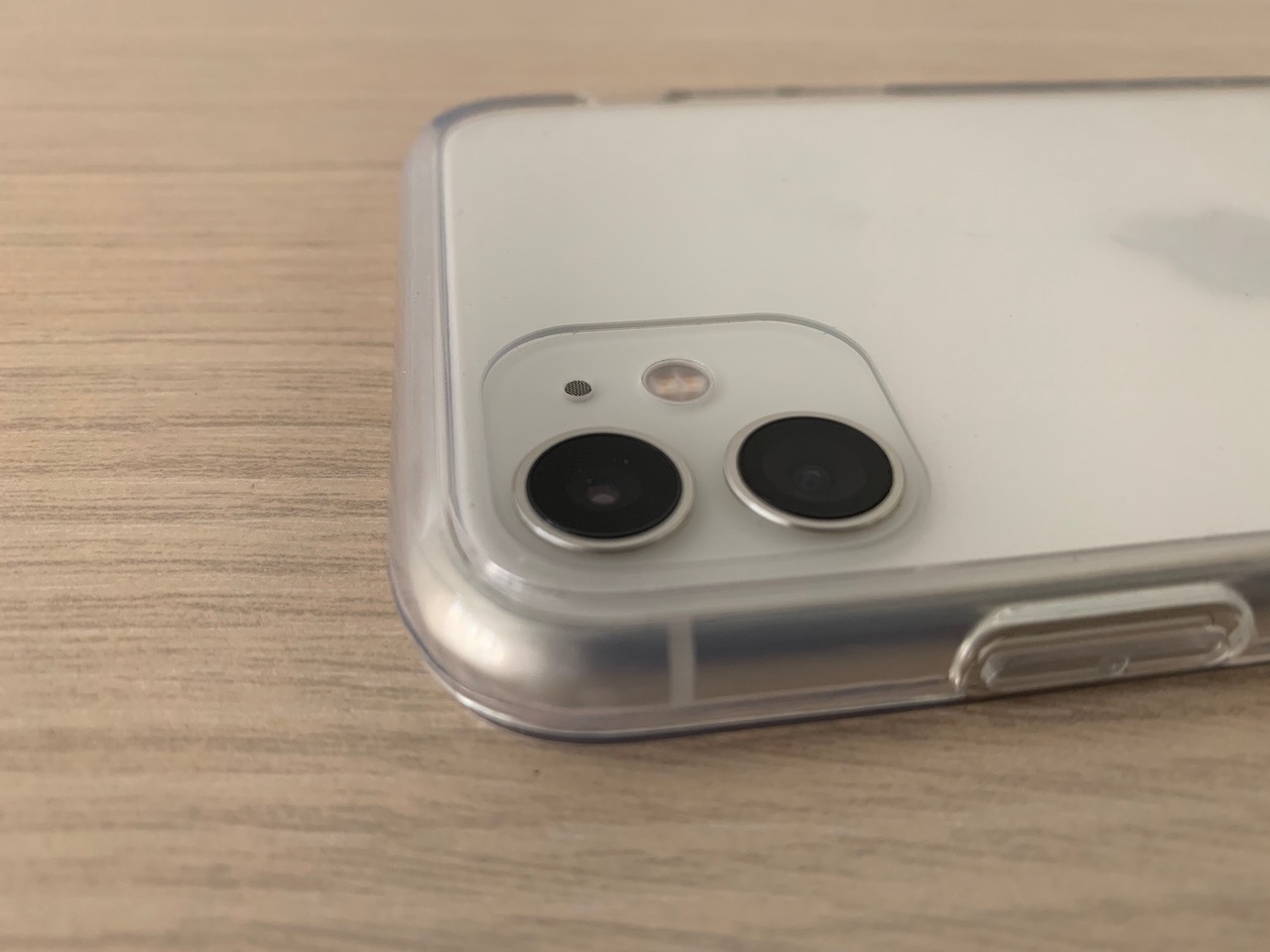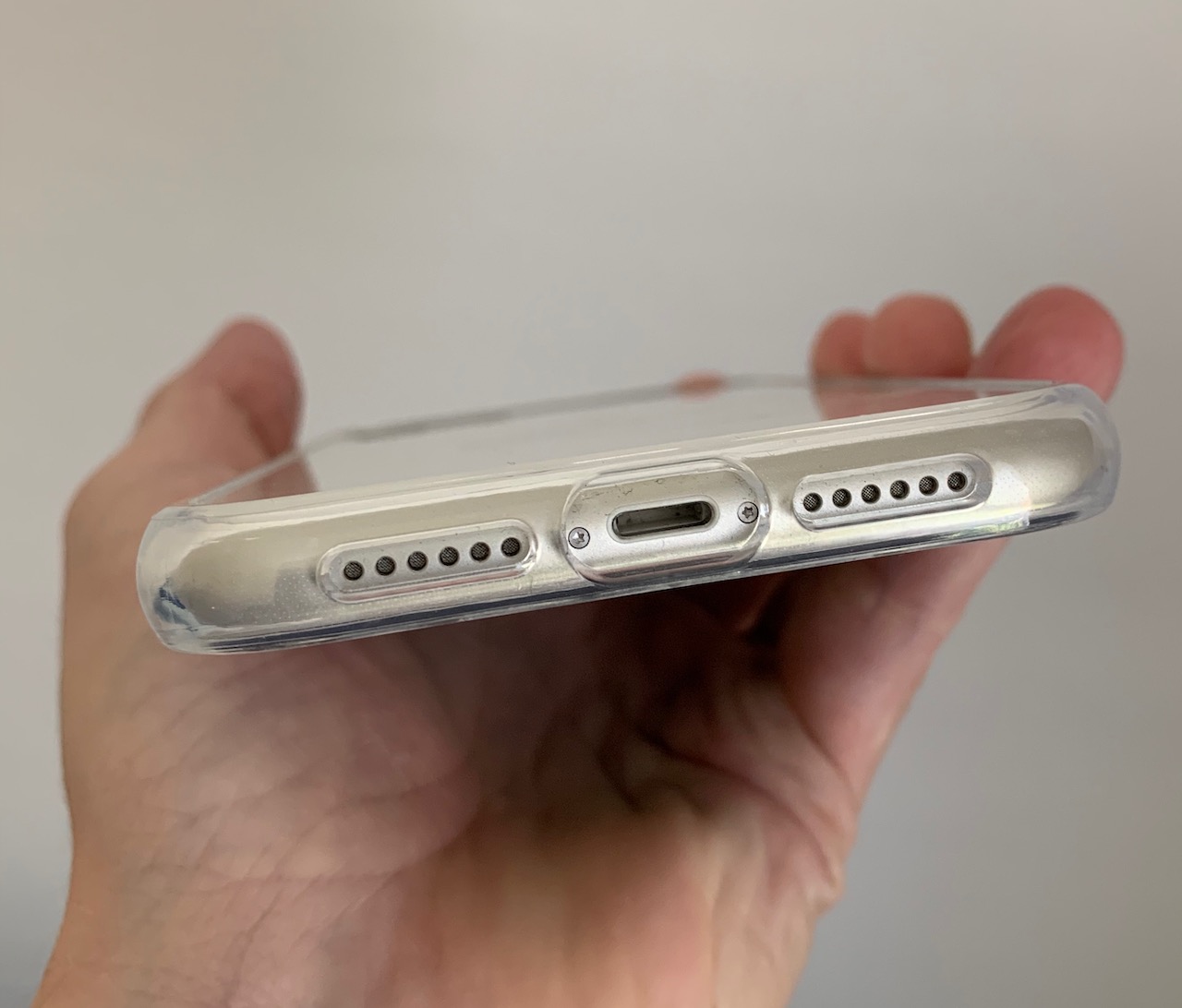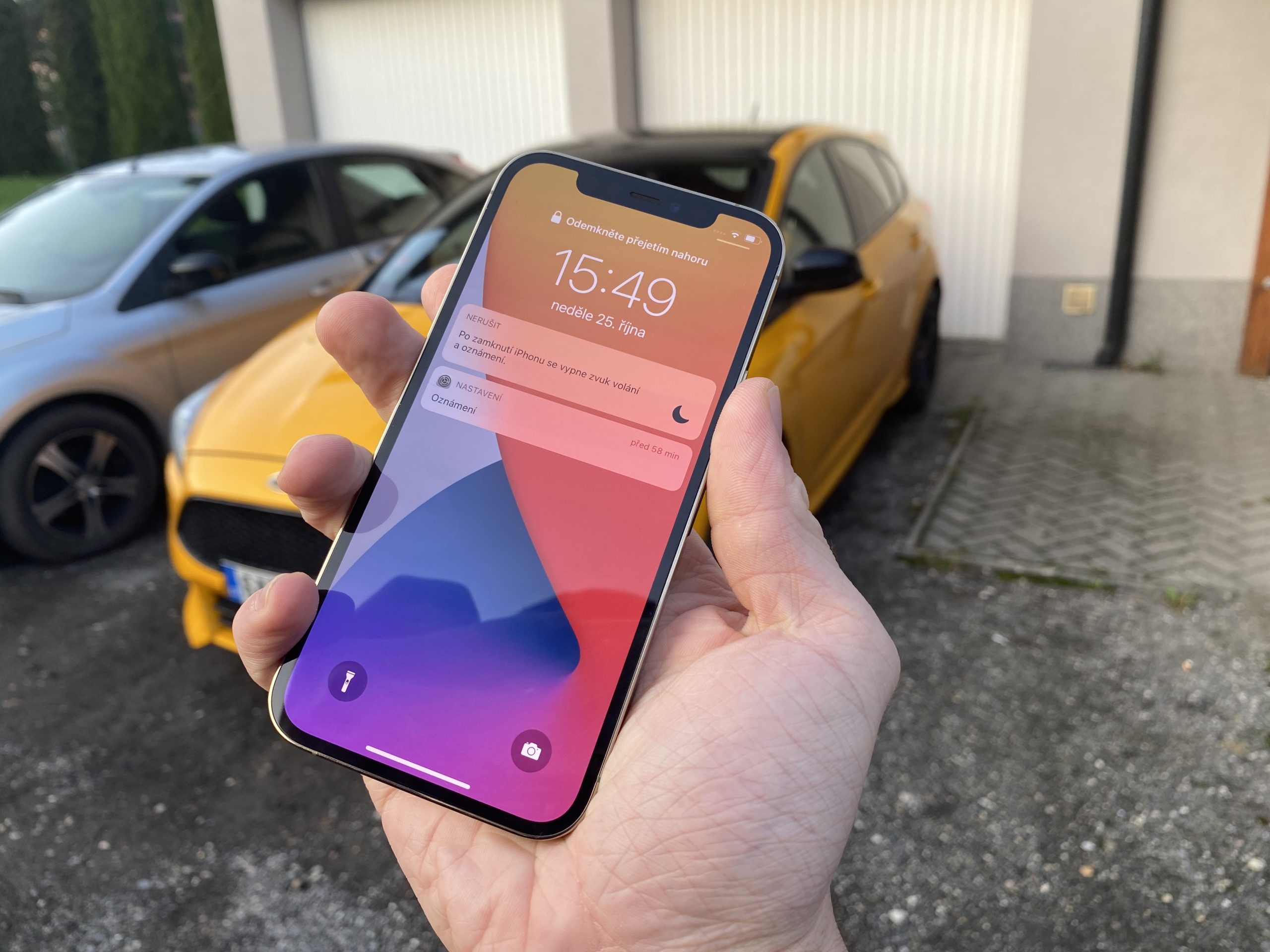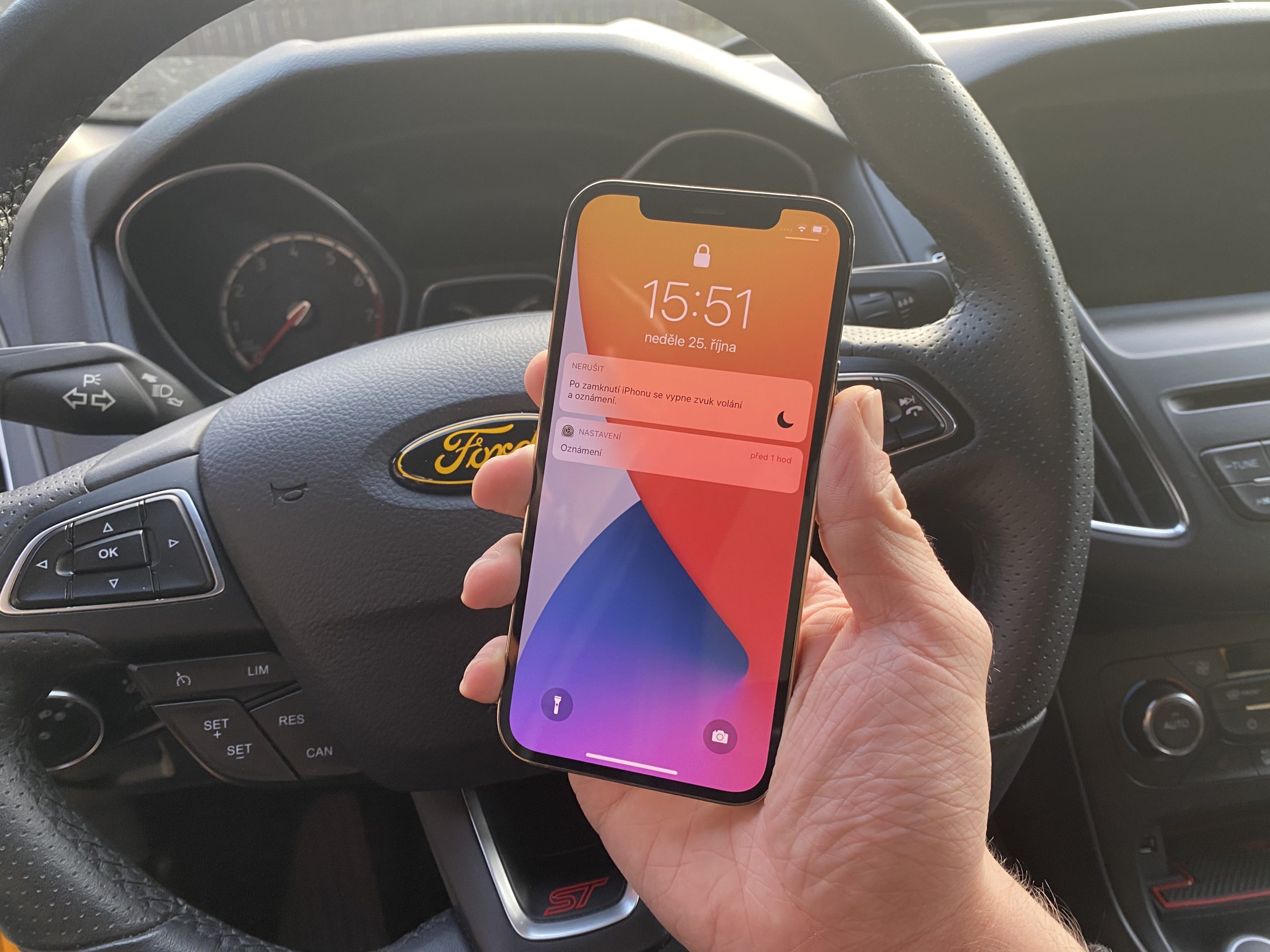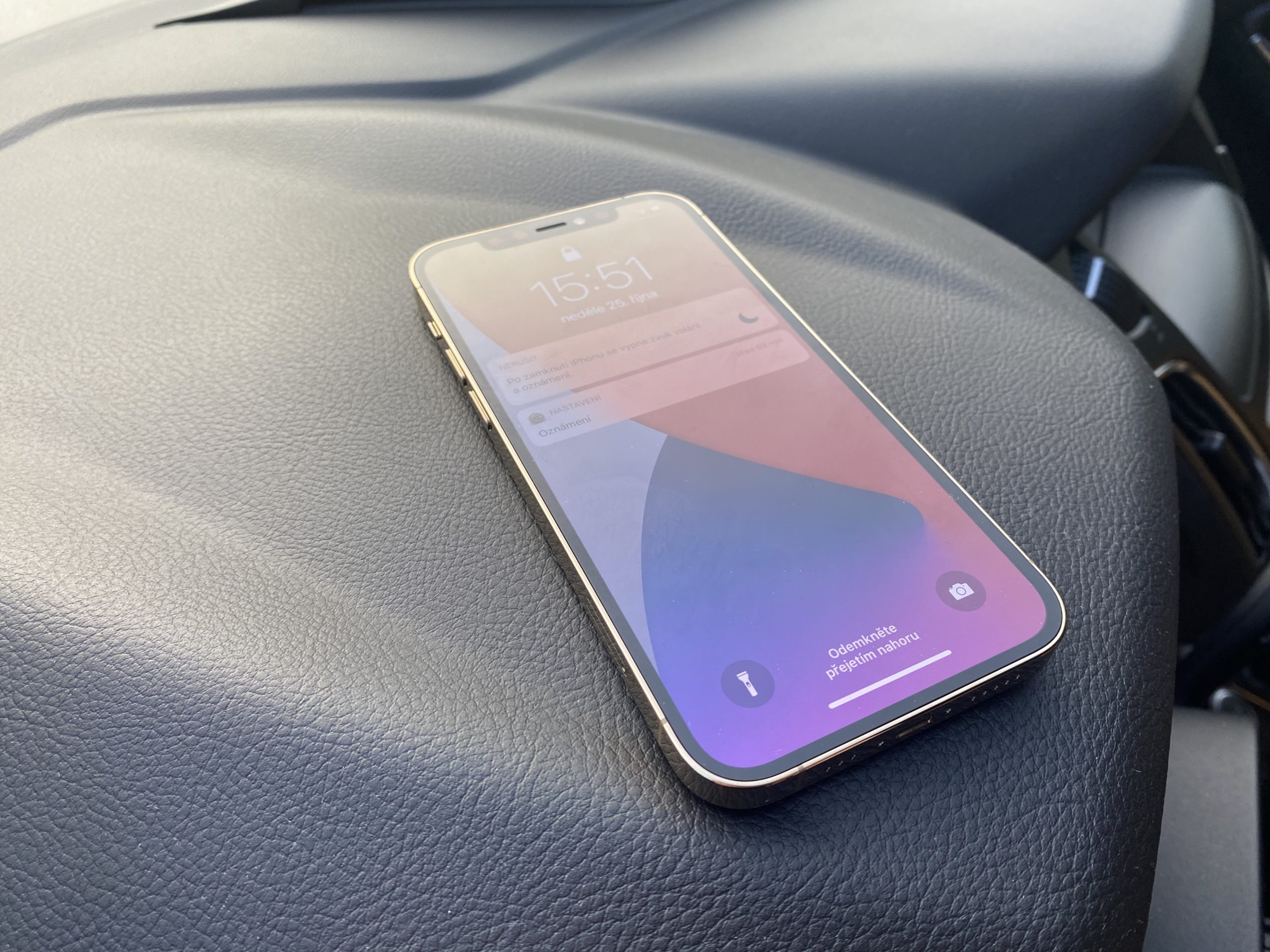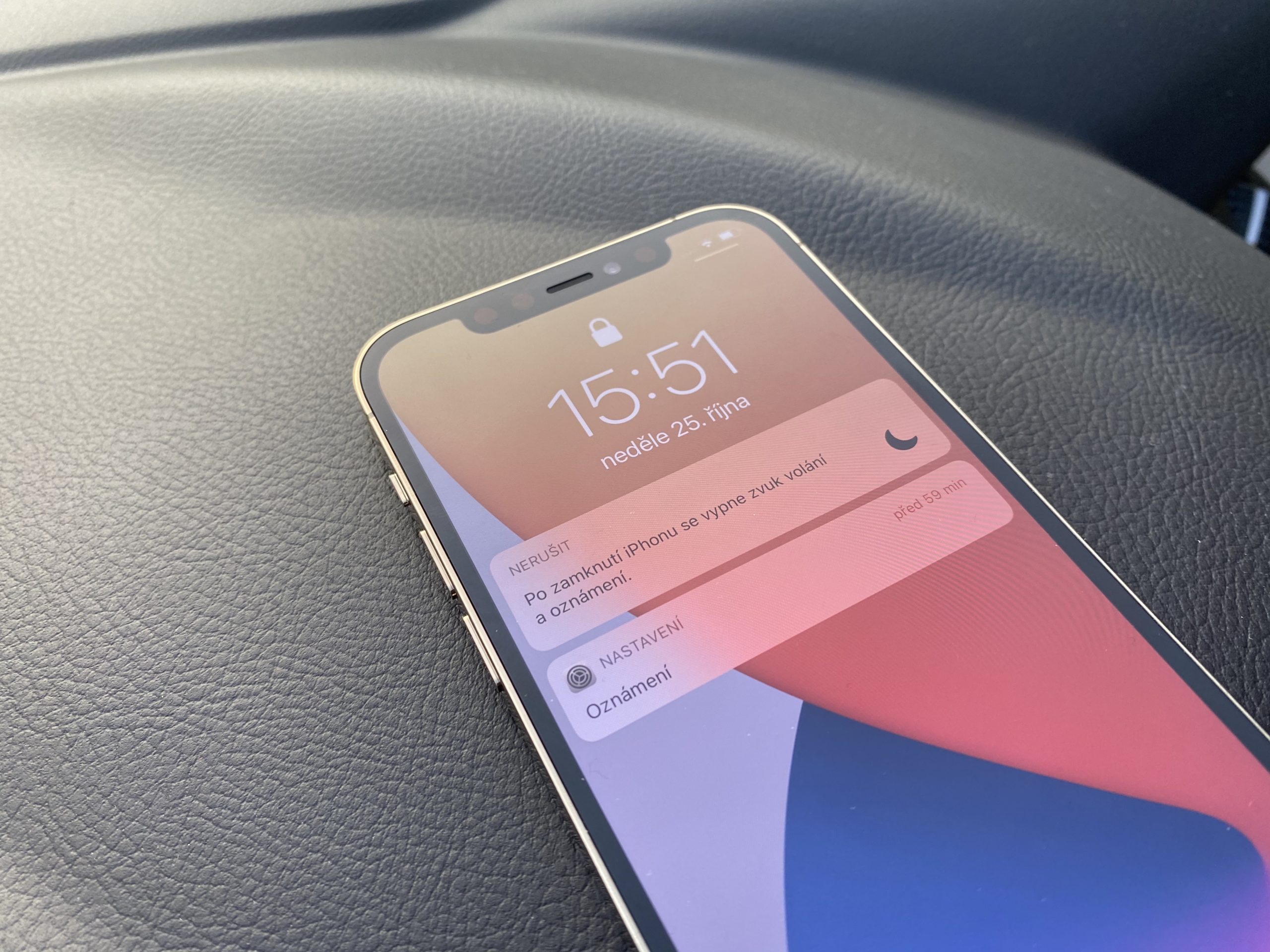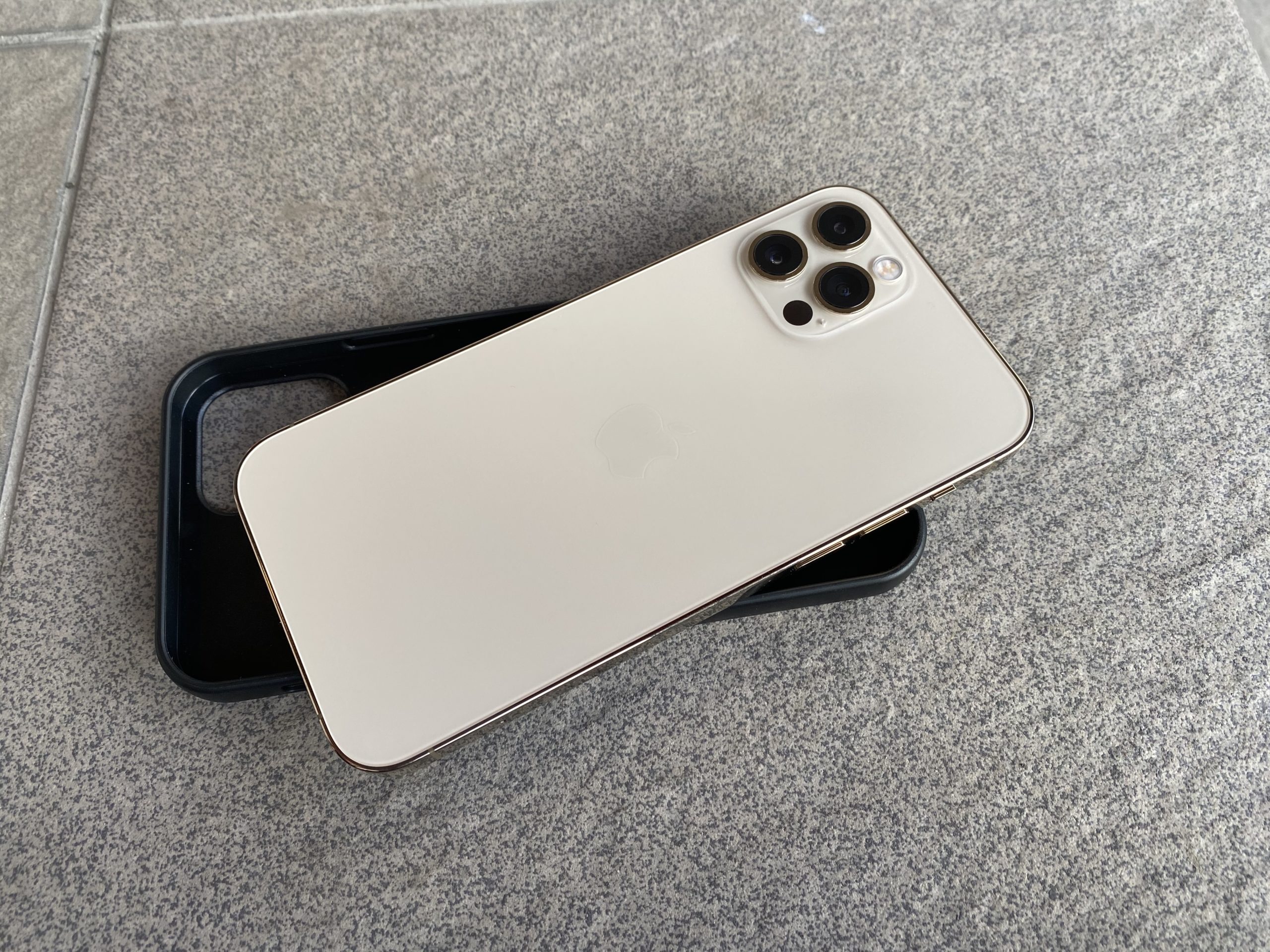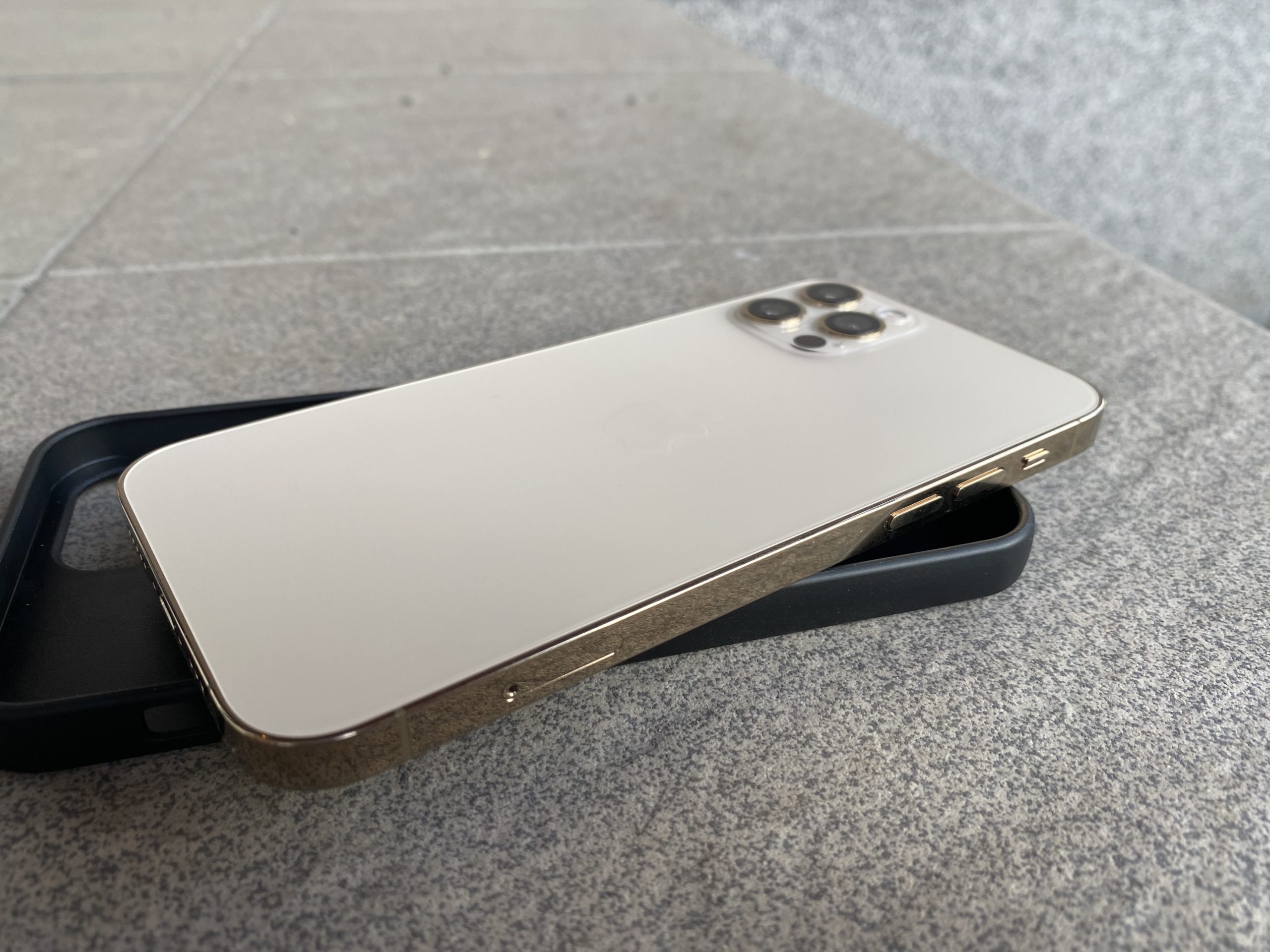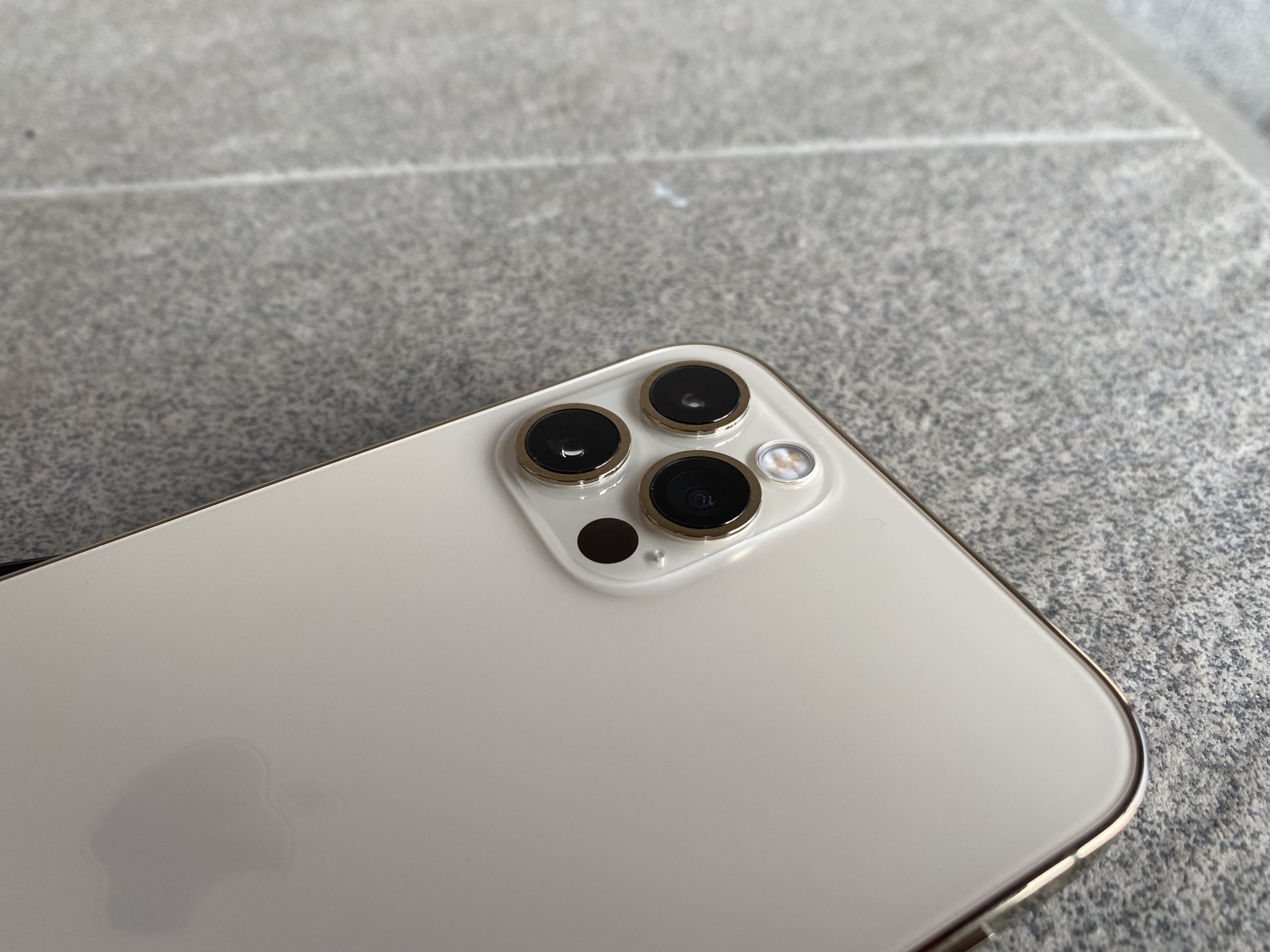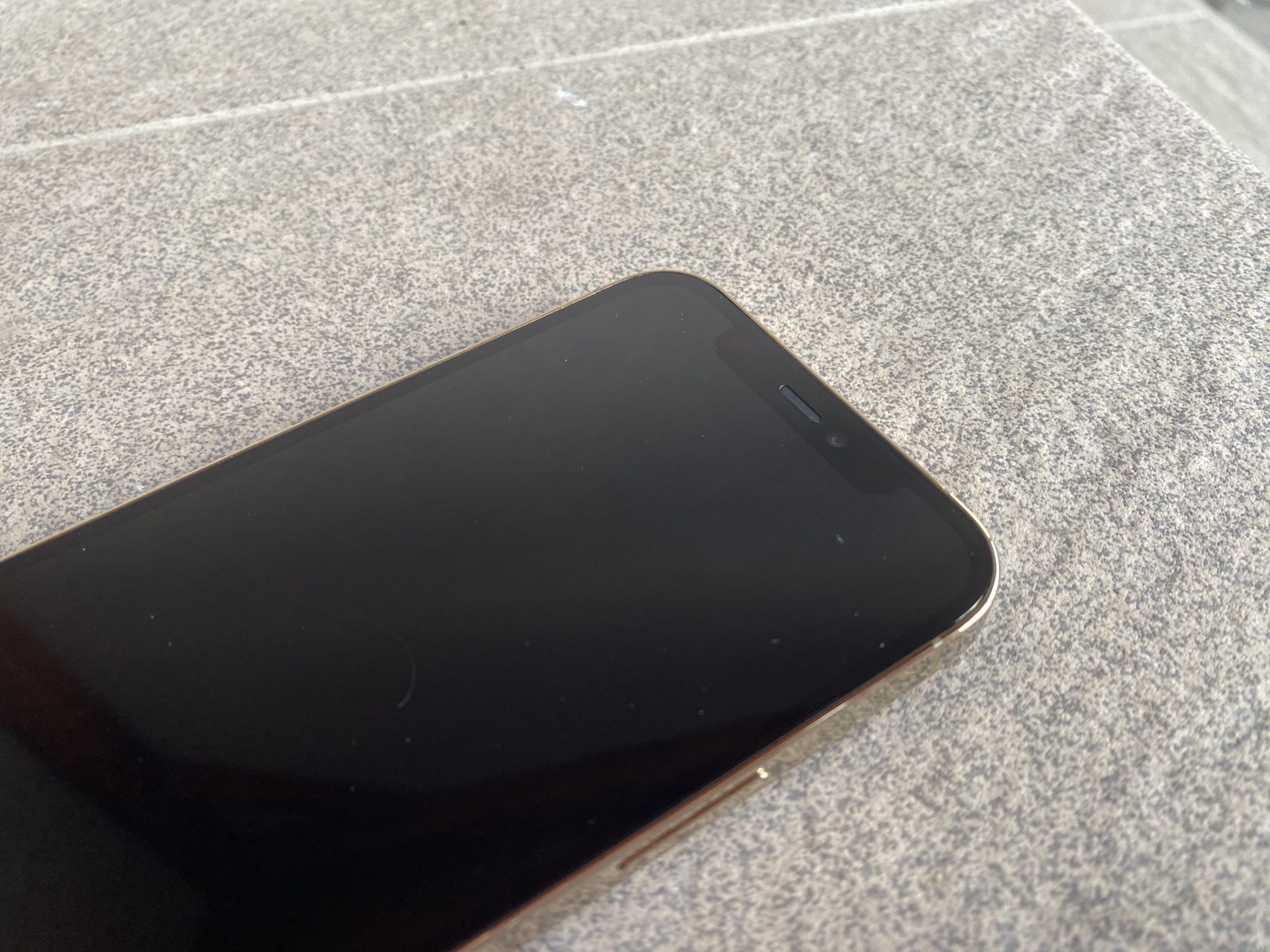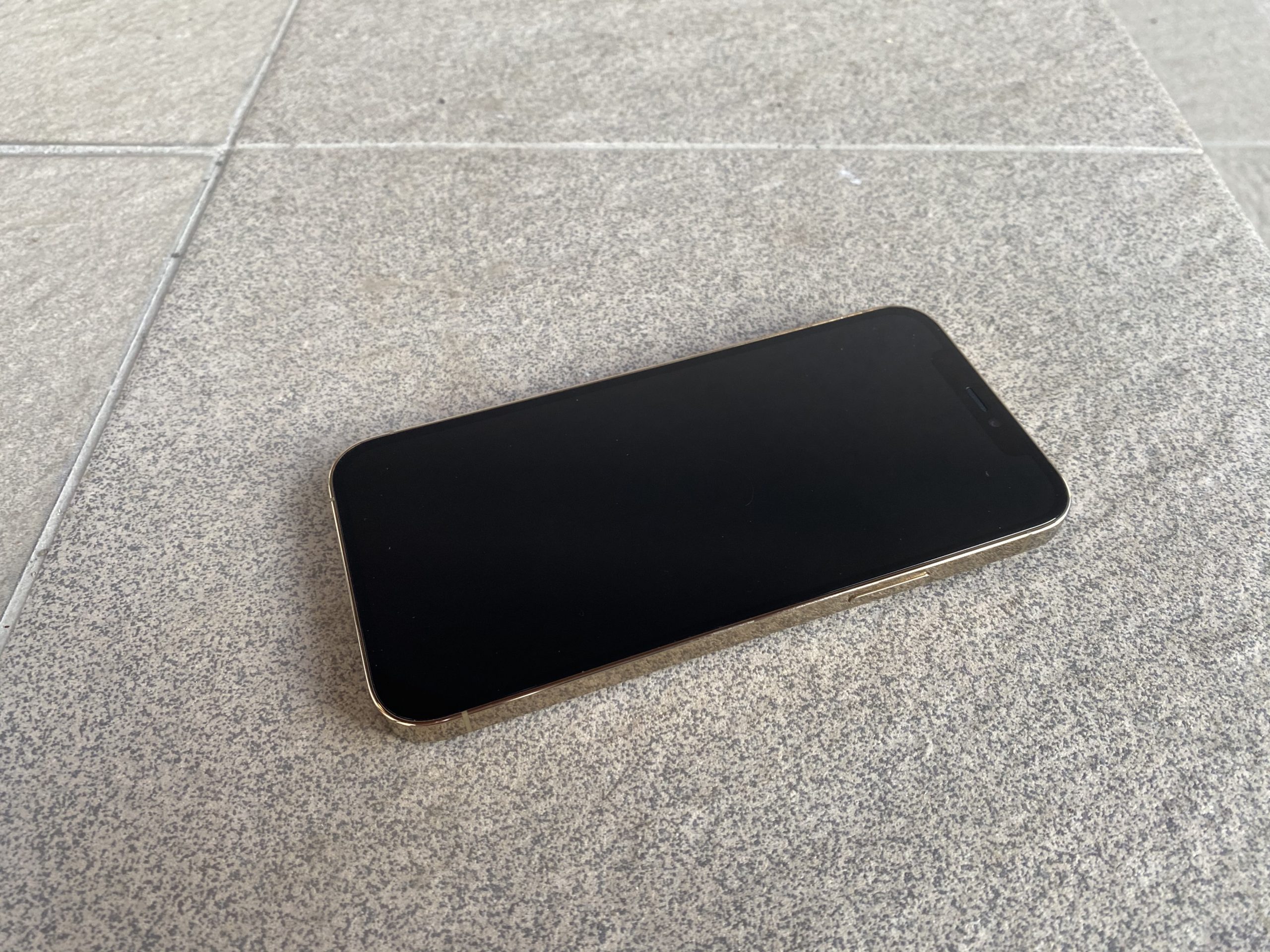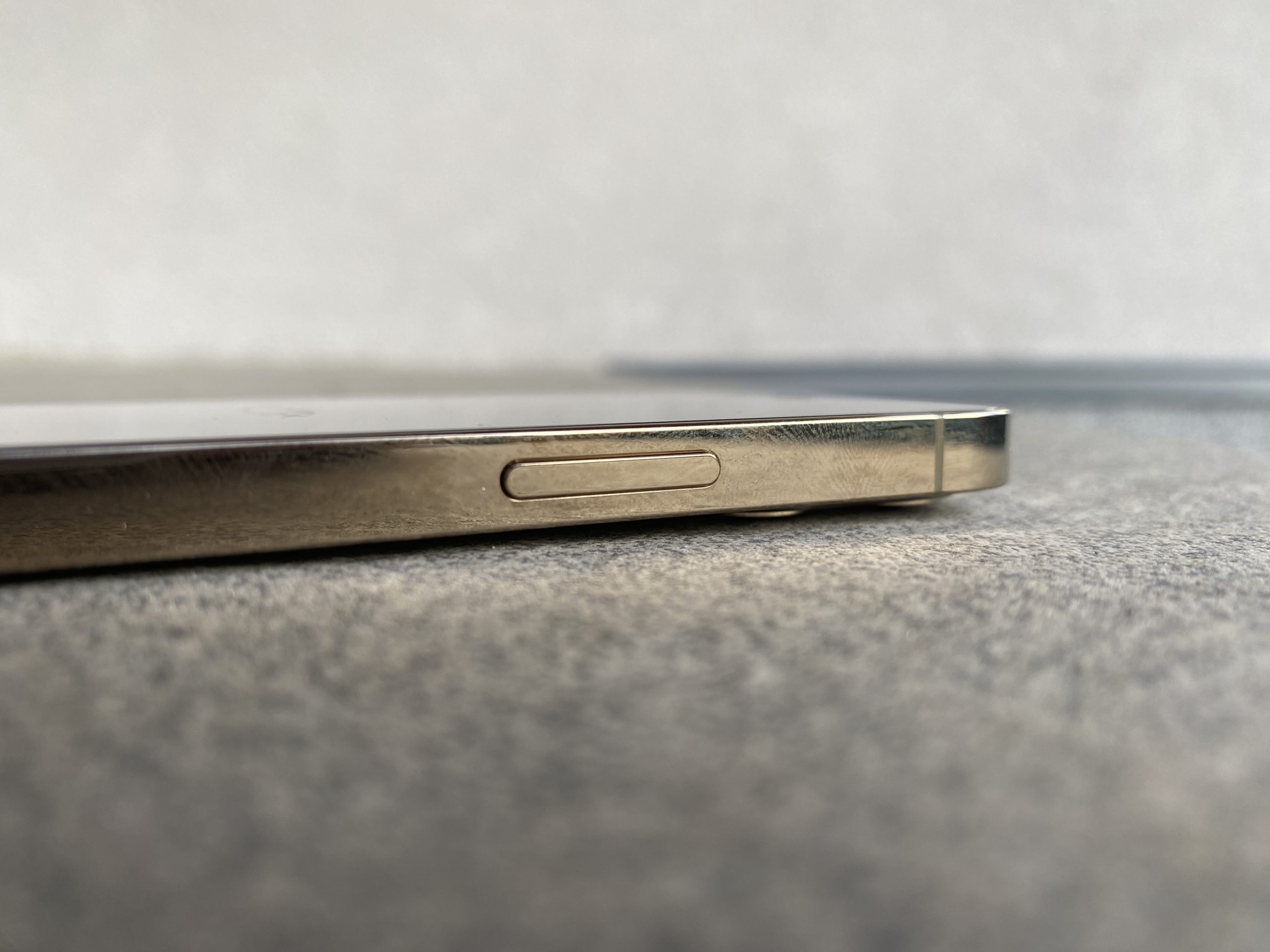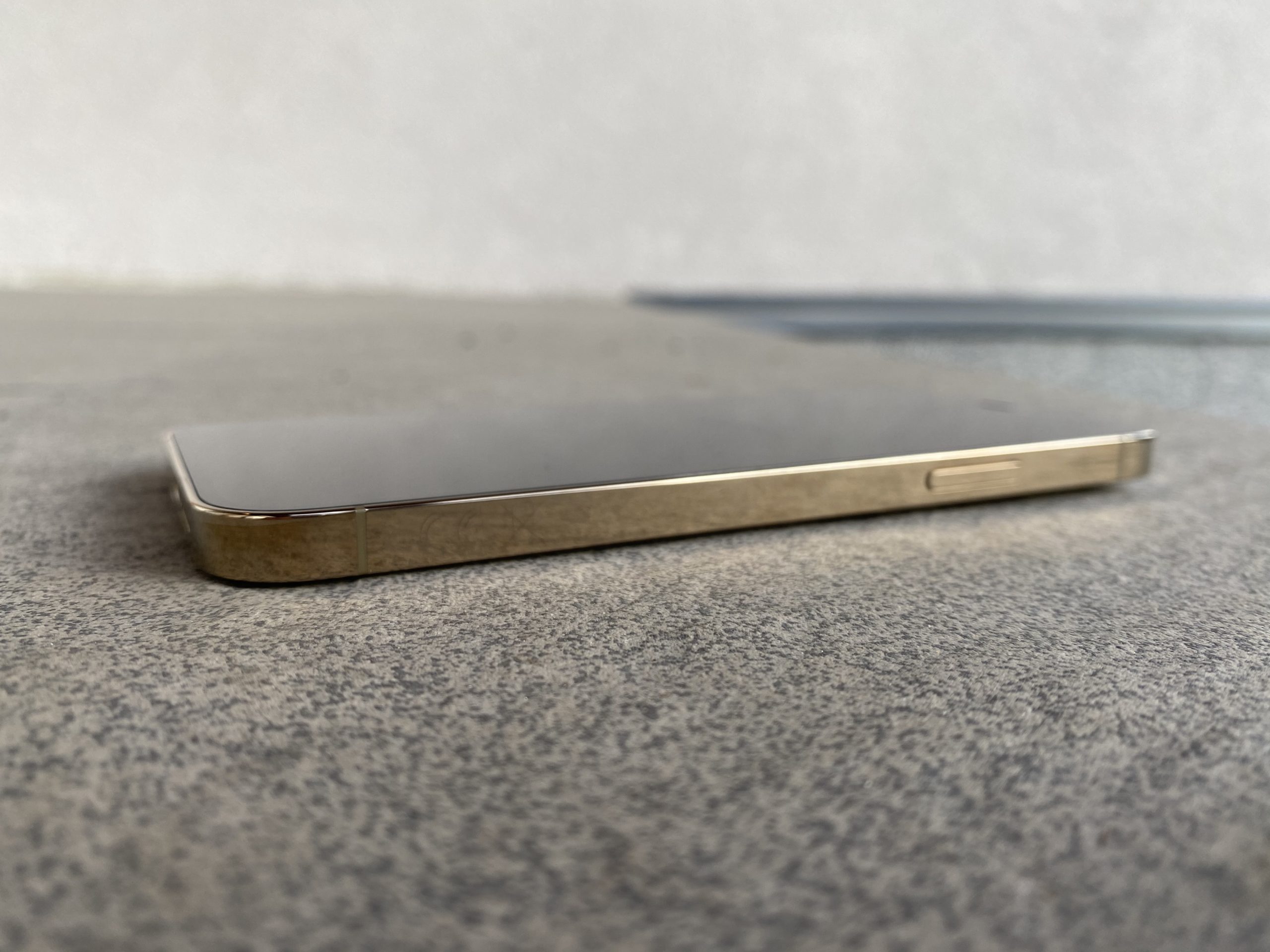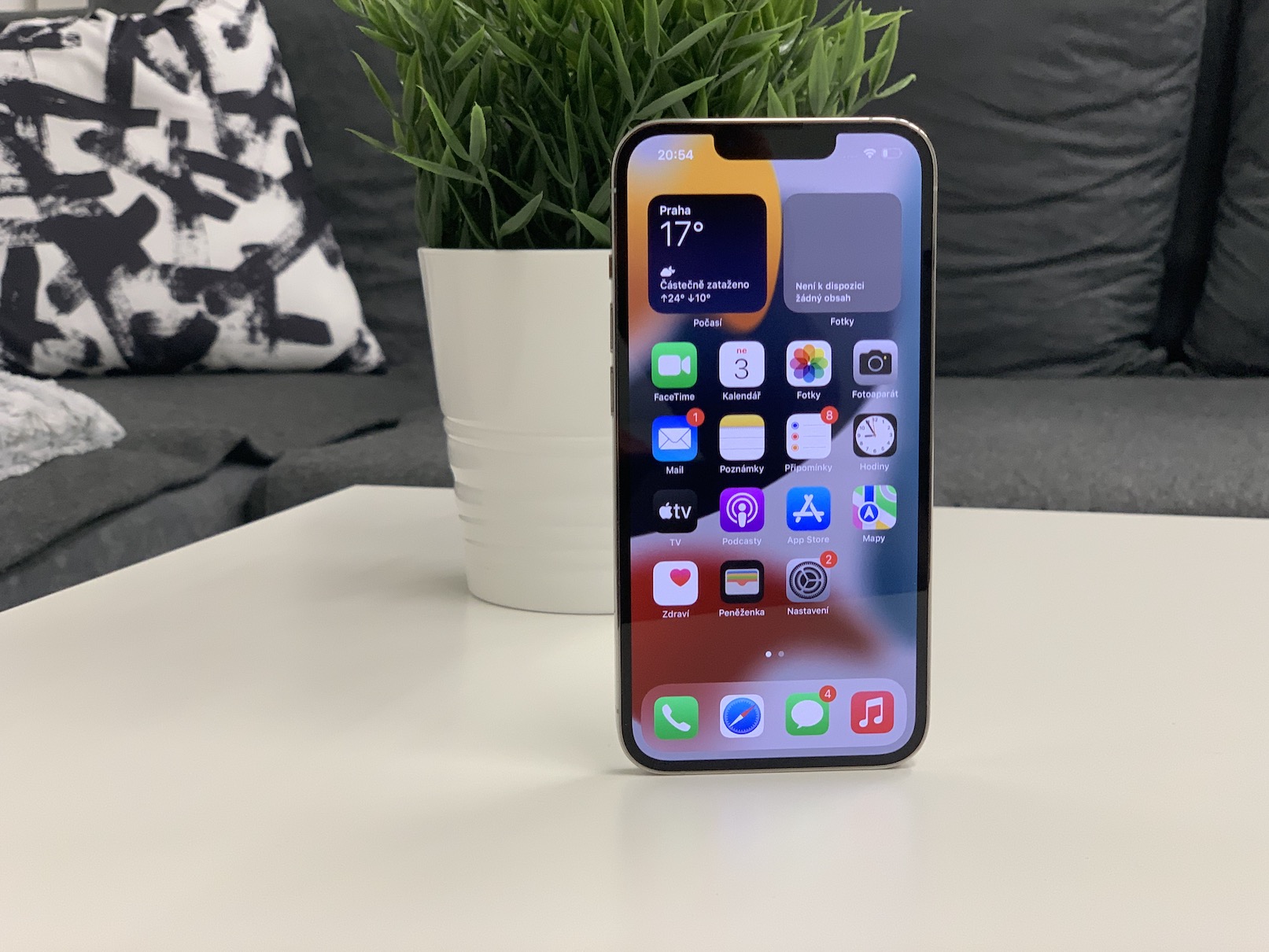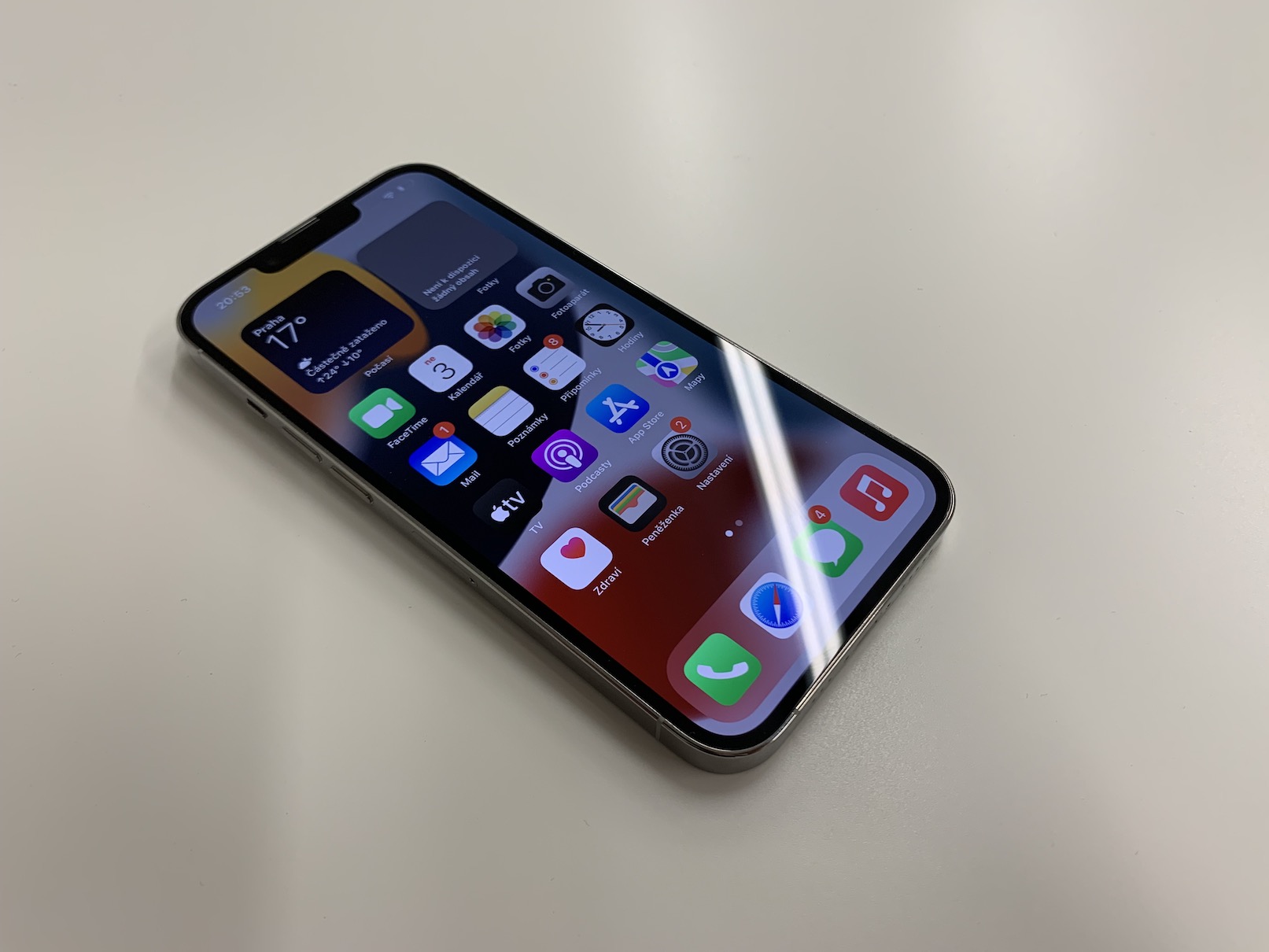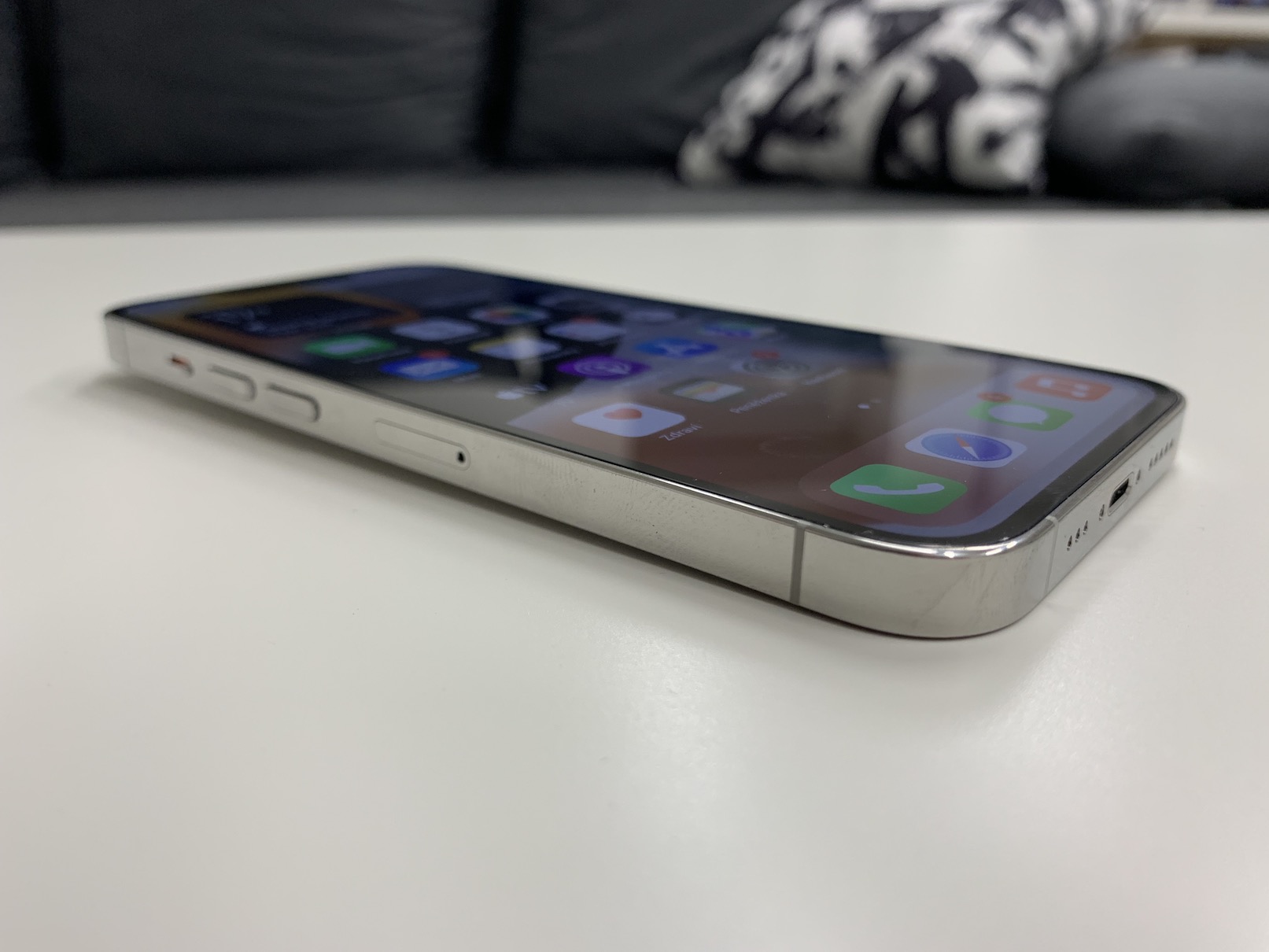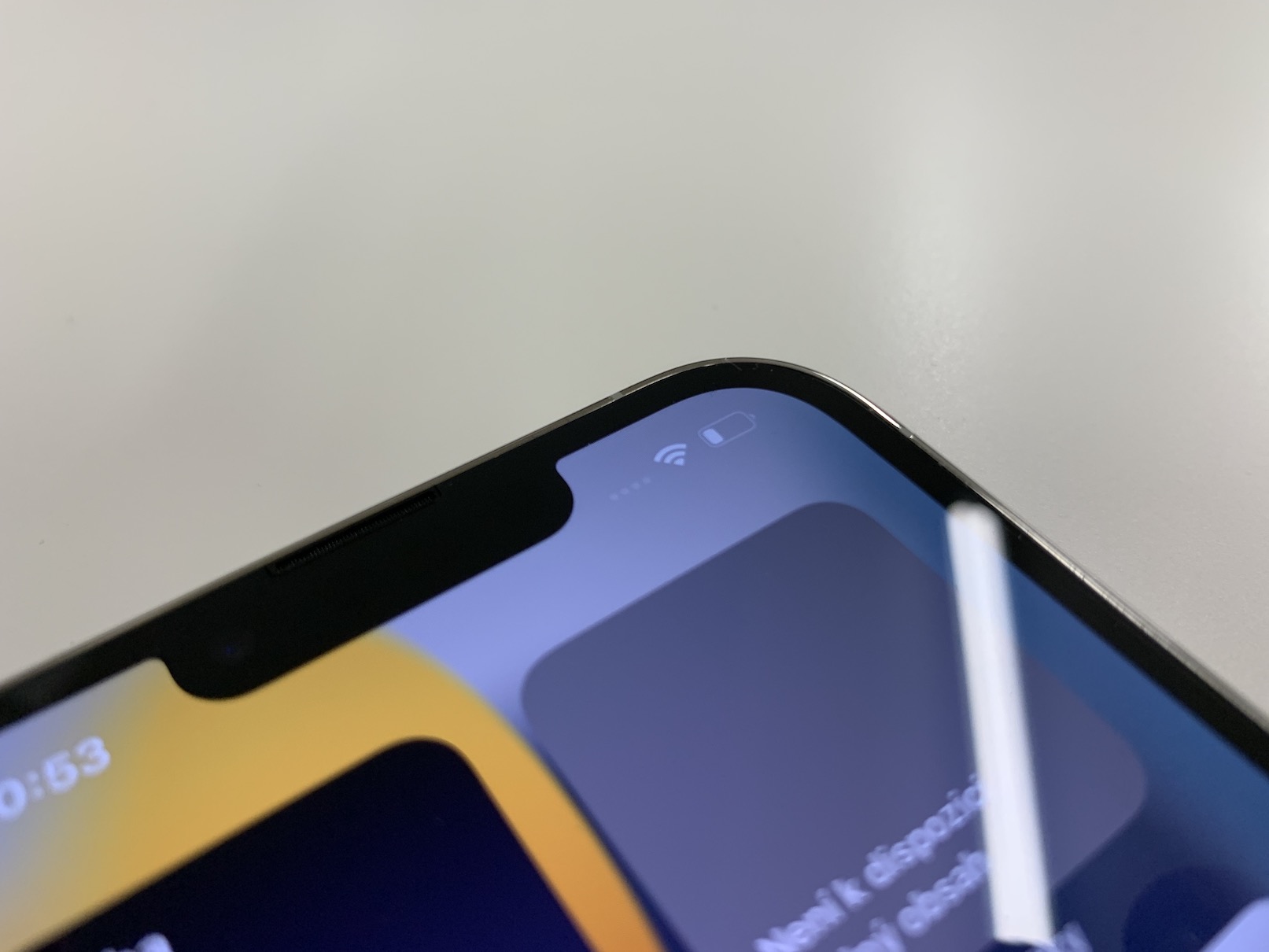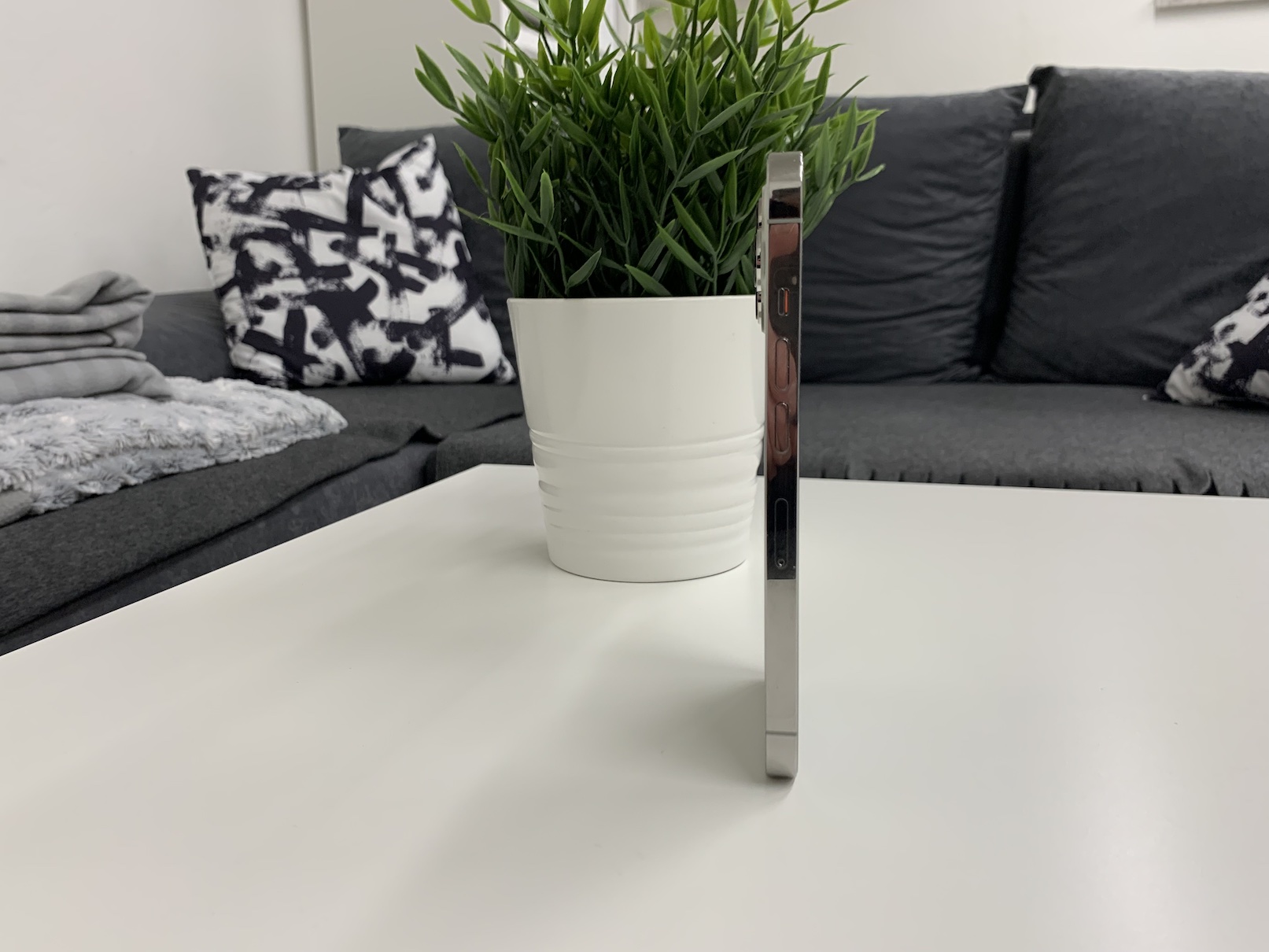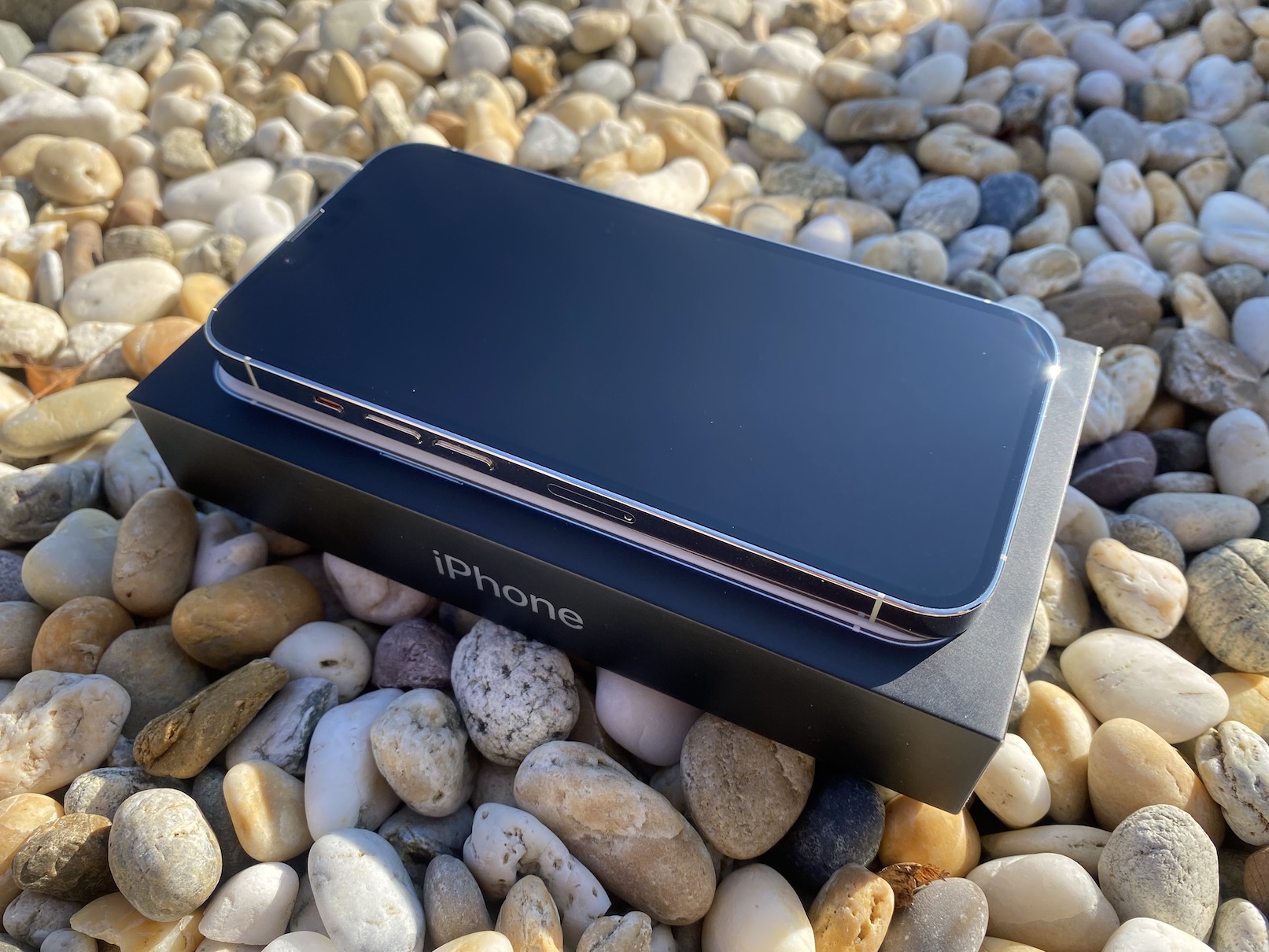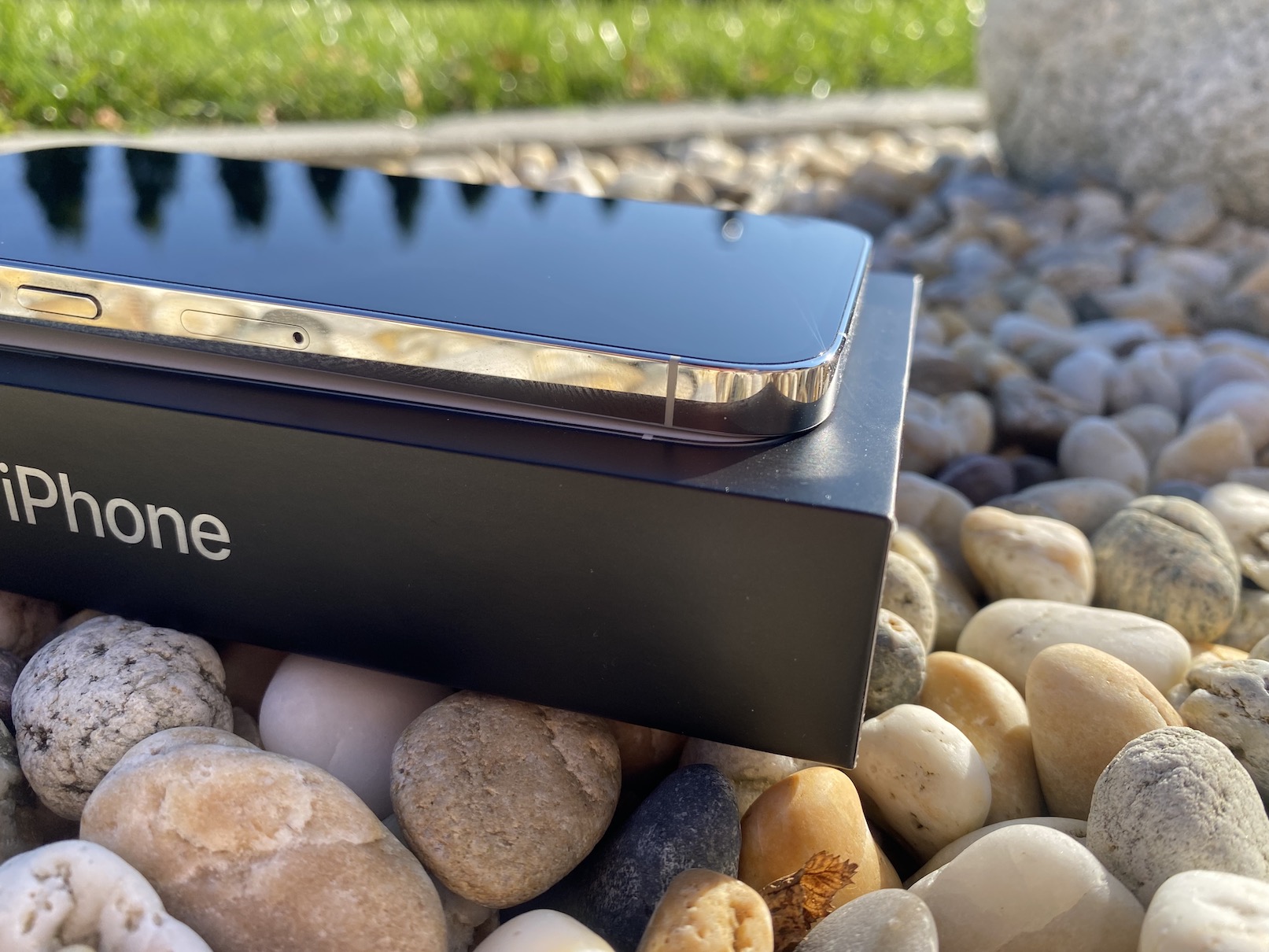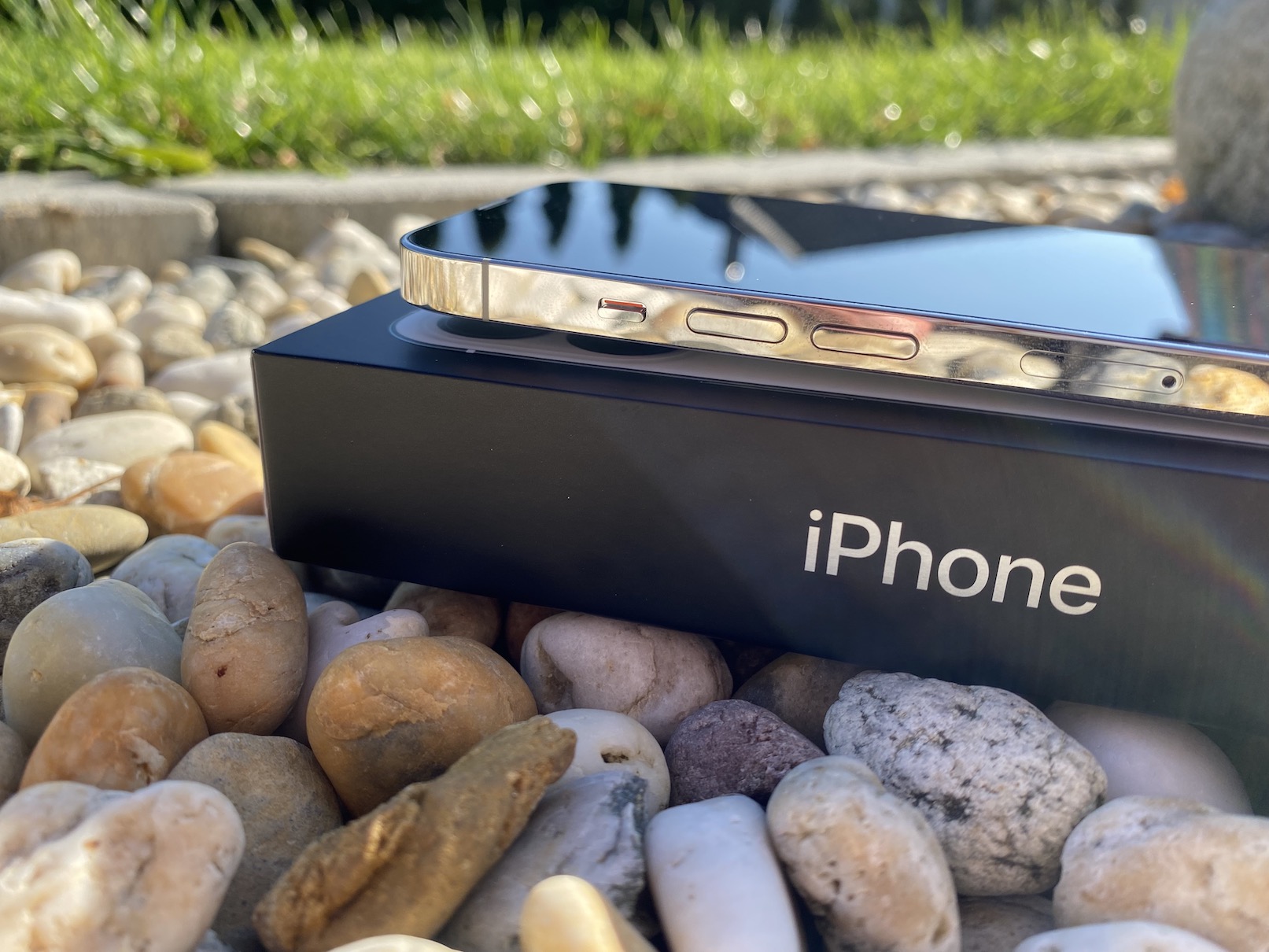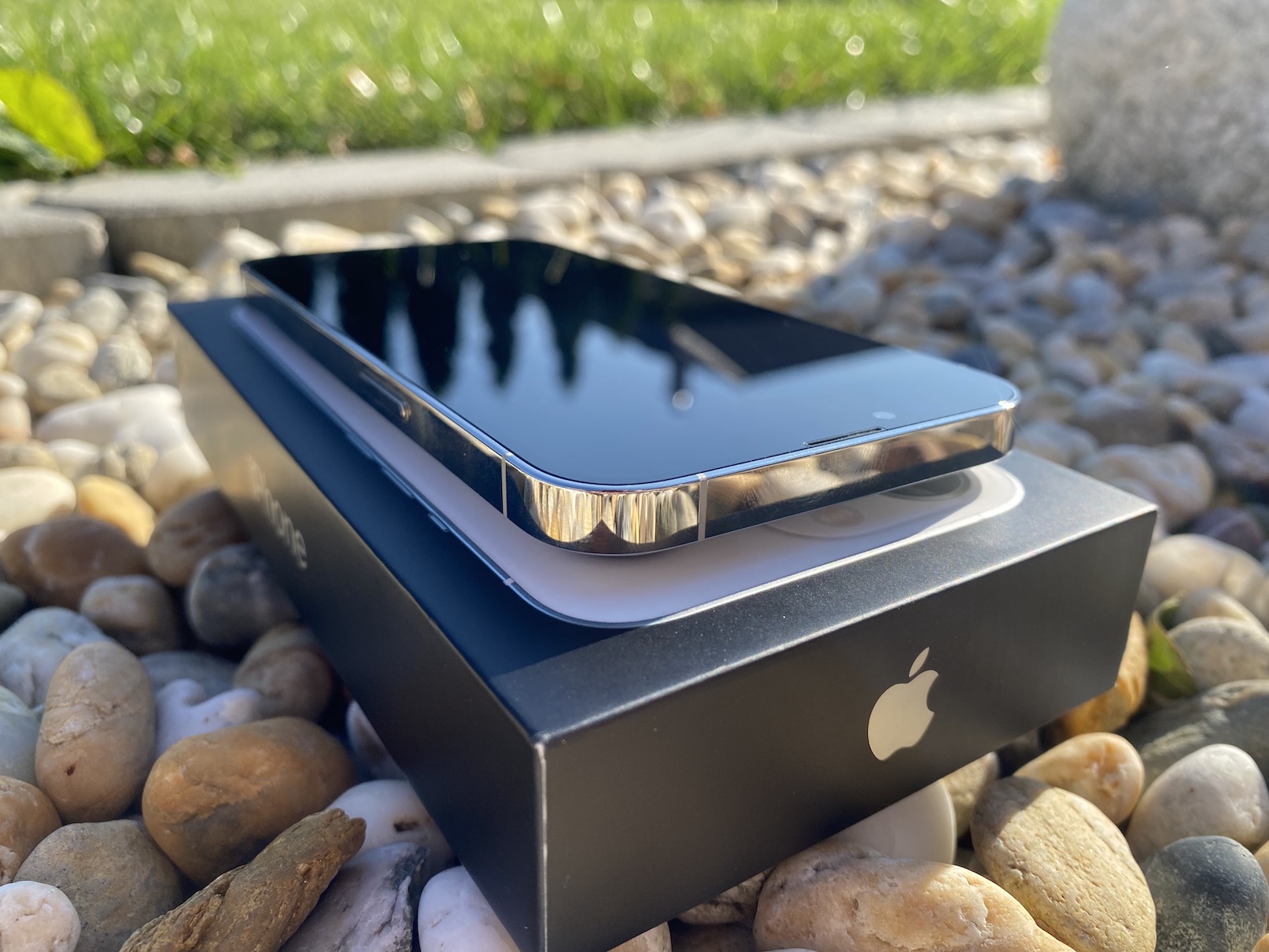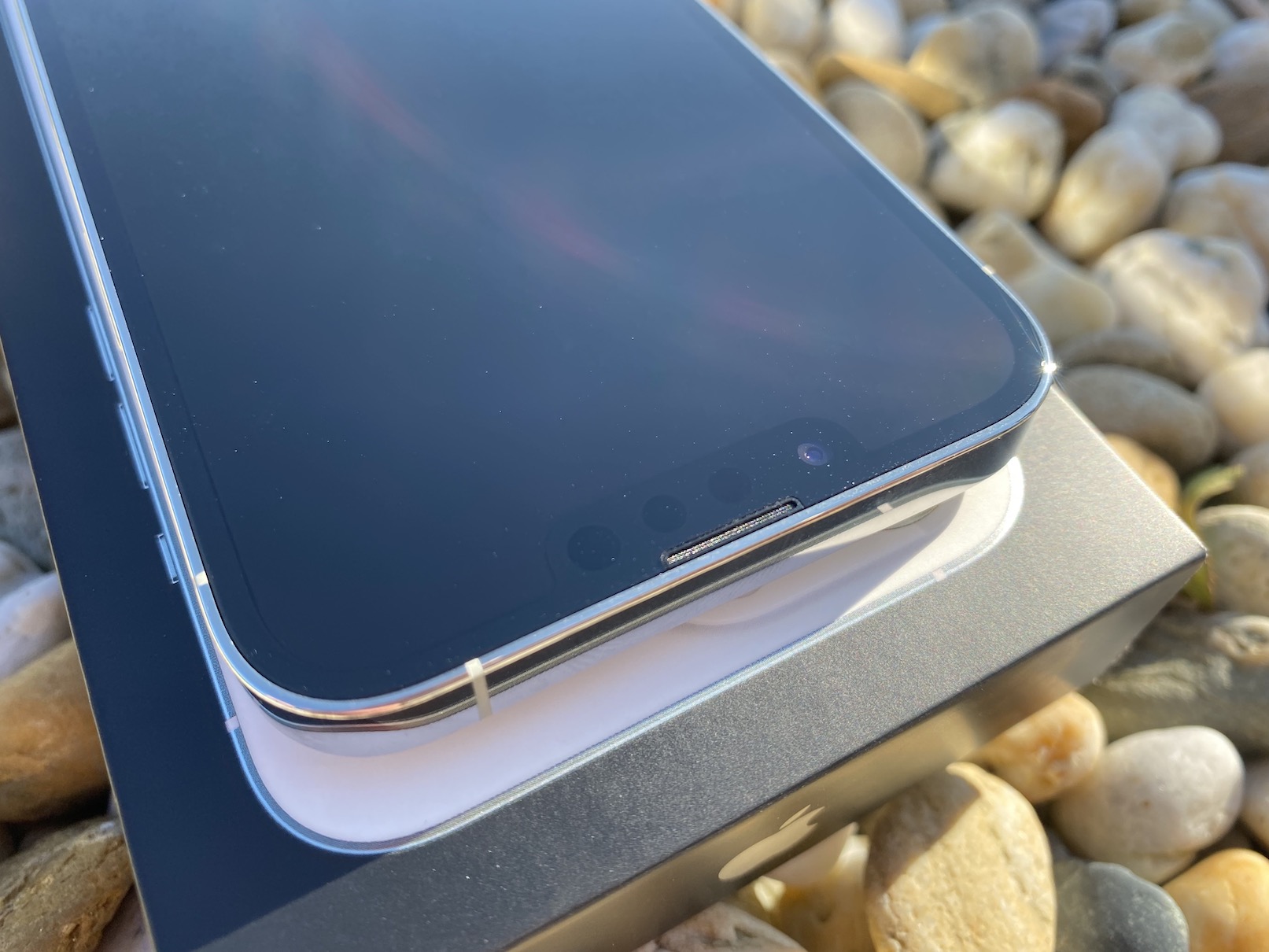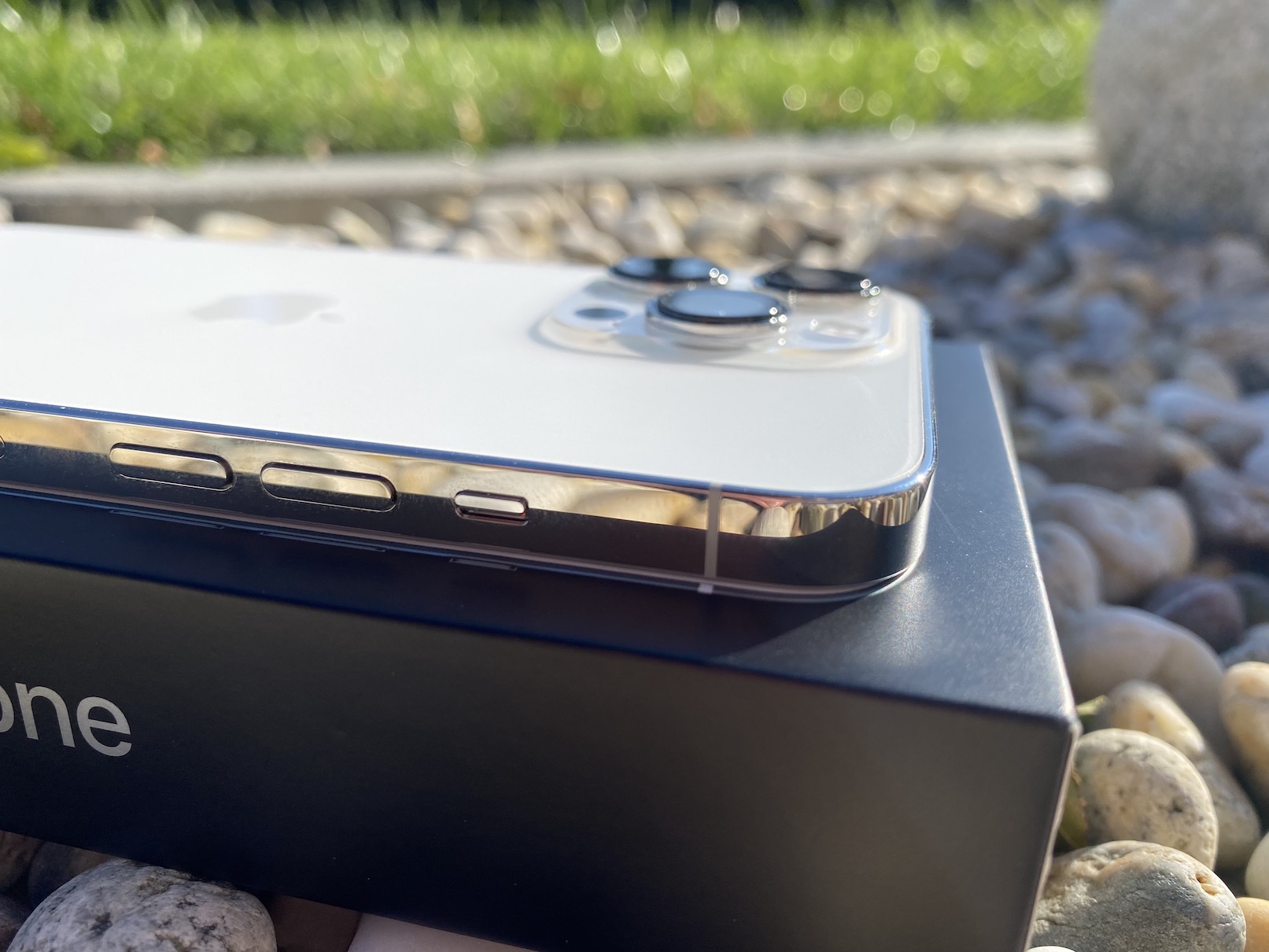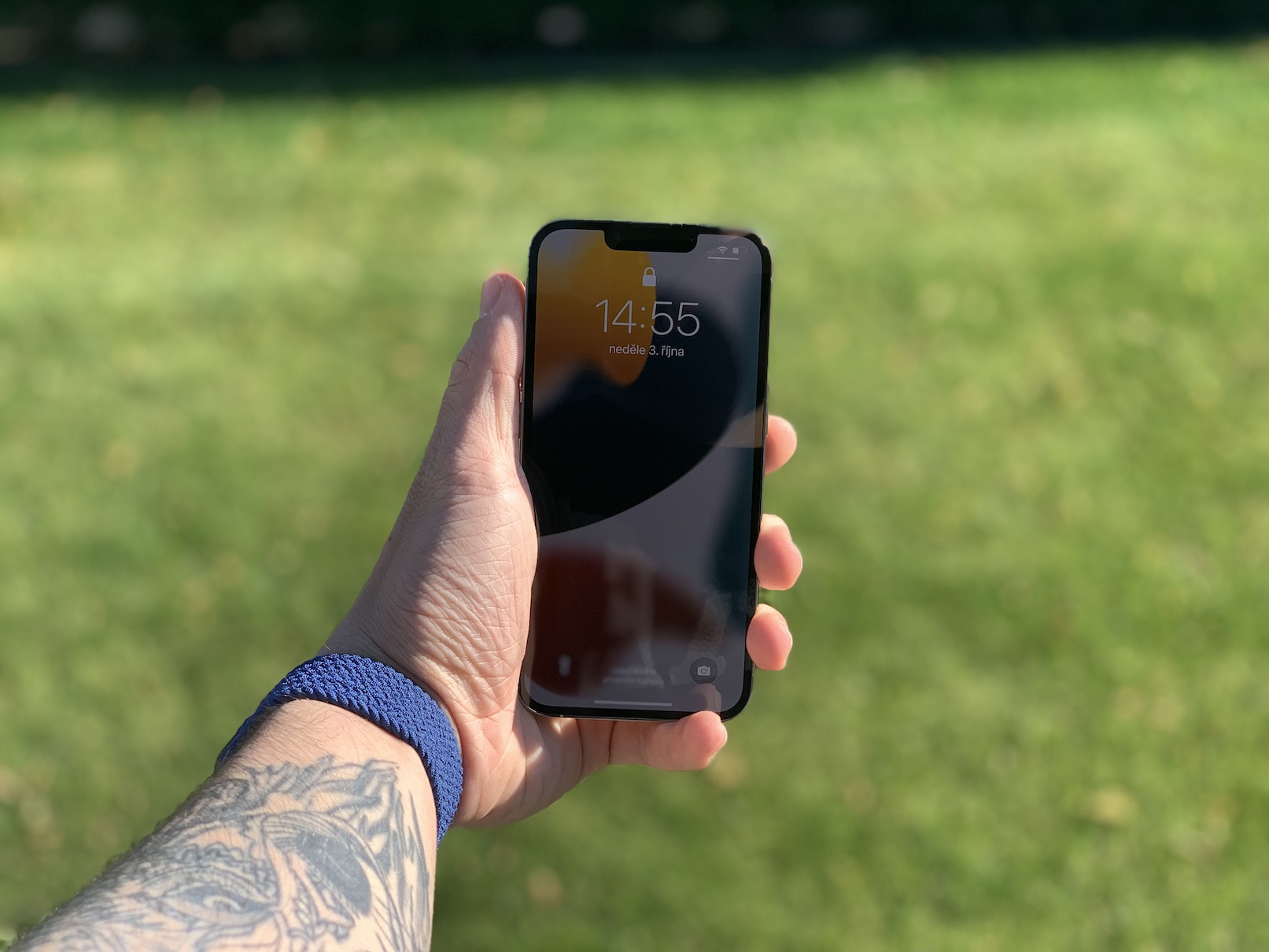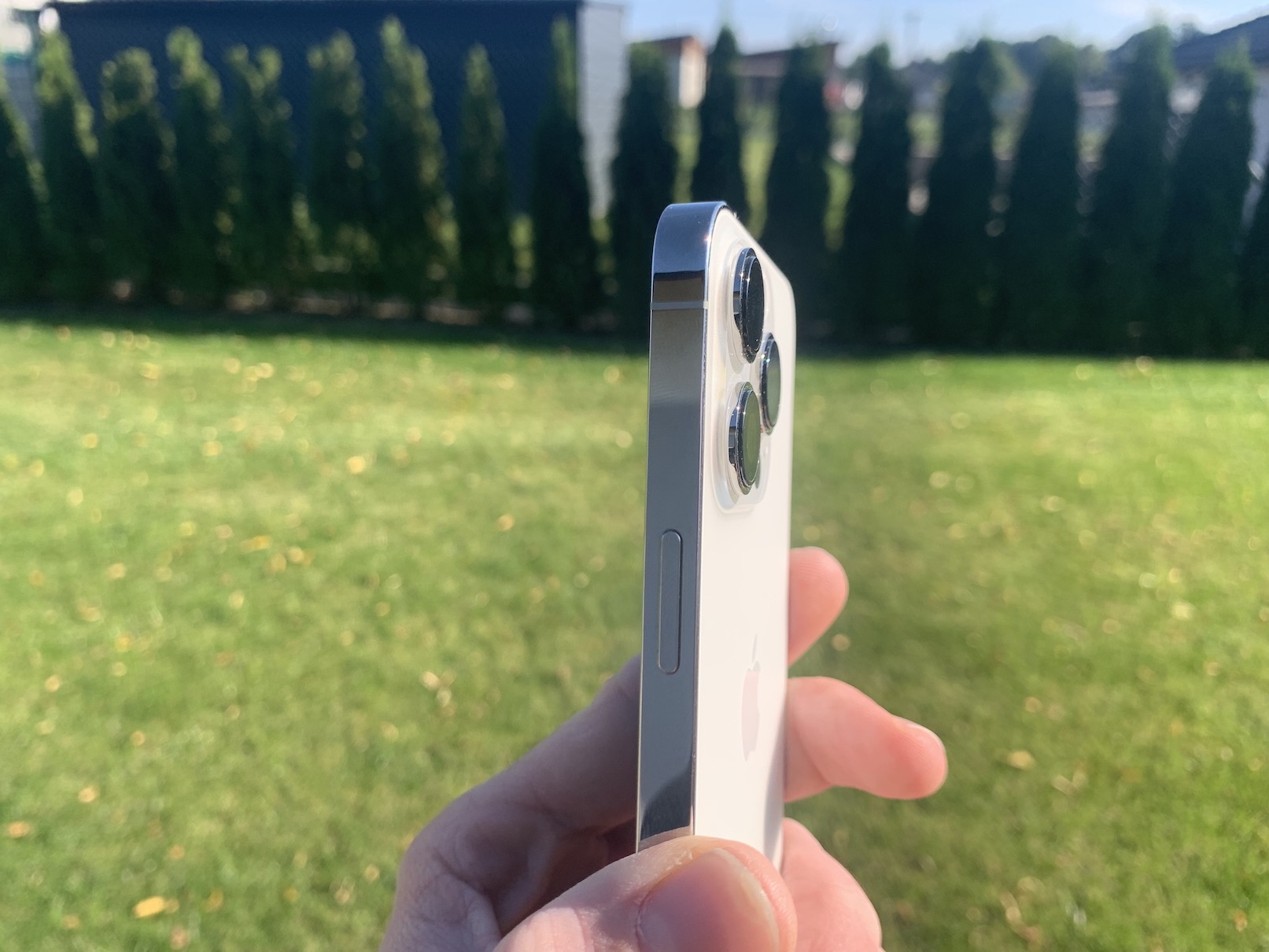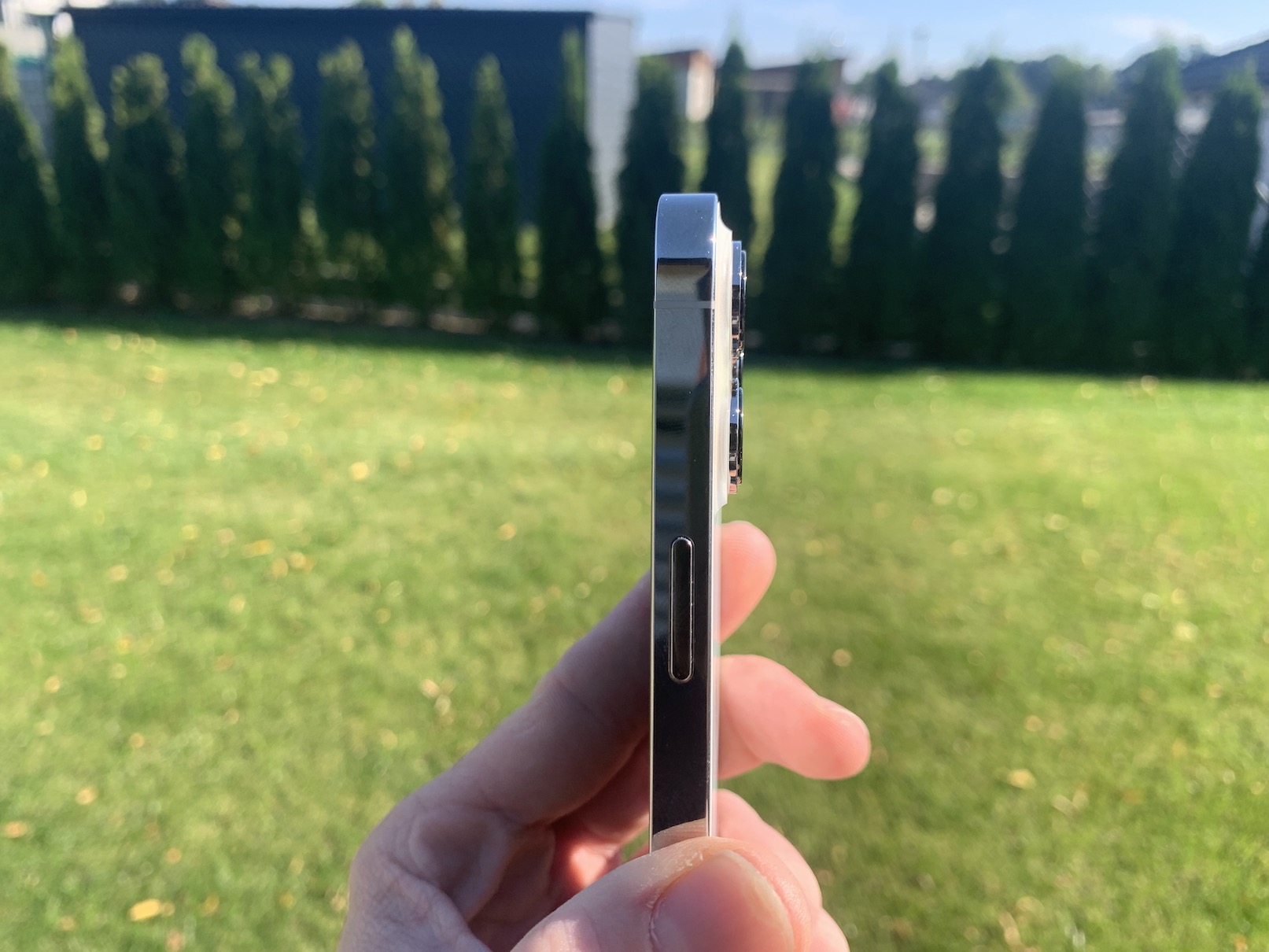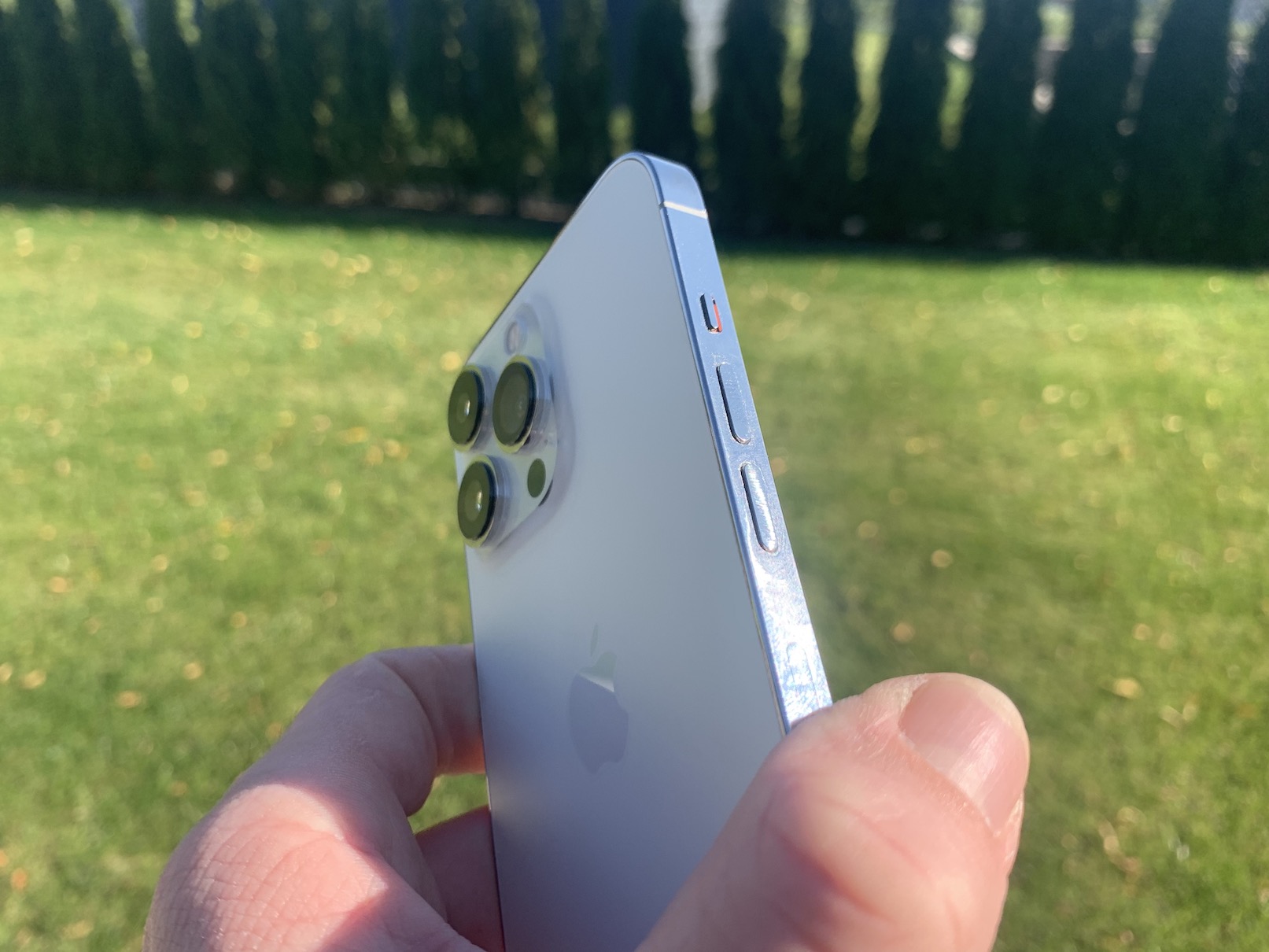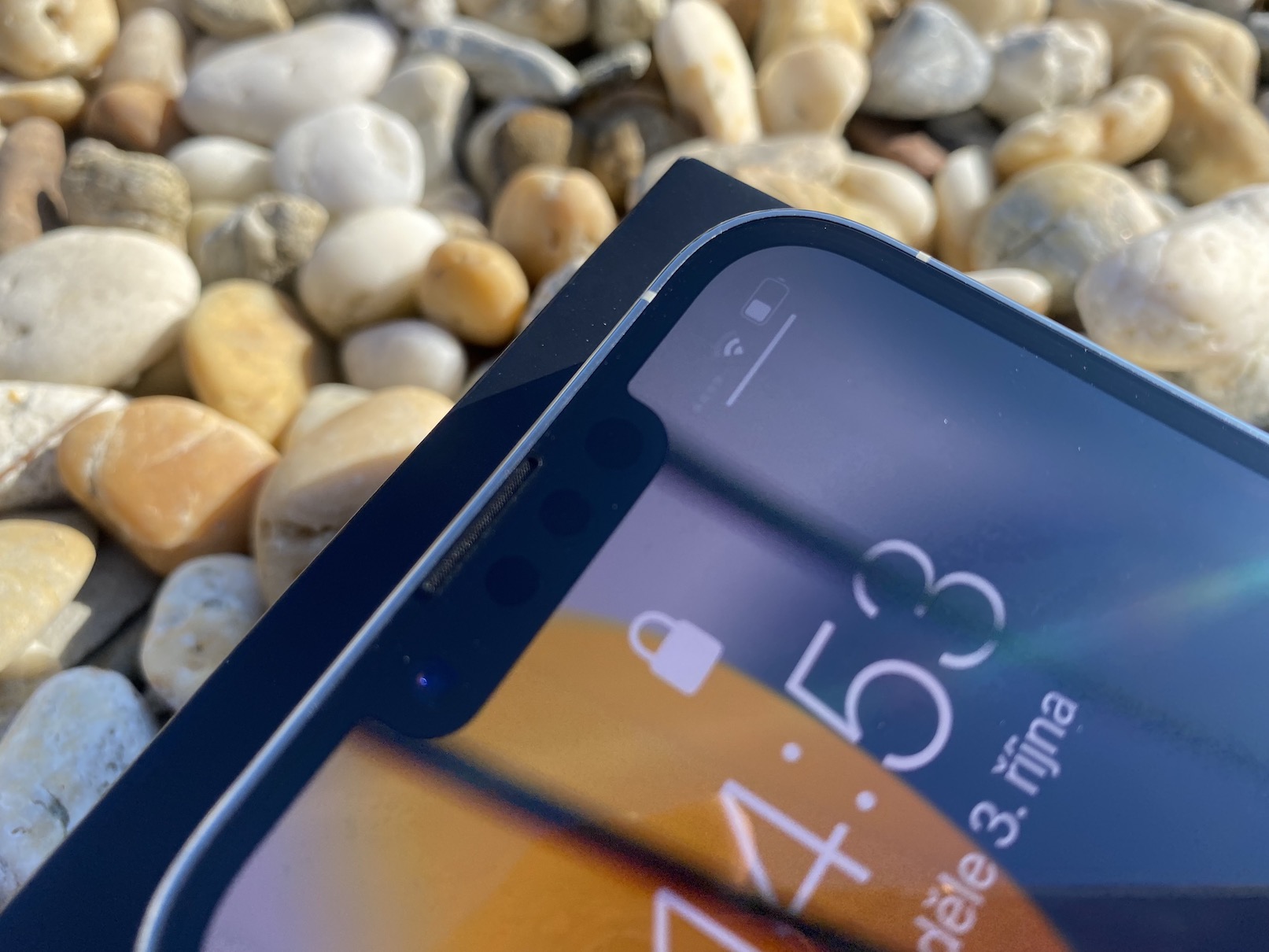Apple phones have really come a long way in the past few years. It's like yesterday that we saw the introduction of the still legendary iPhone 5s, which changed the world at the time and showed us something that was supposed to be a part of the distant future. Since then, technology has moved forward by leaps and bounds every year, which is confirmed by the financial results and growth of shares not only of Apple, but of practically all technology companies in the world. It's hard to say when this growth will stop... and if ever. It may seem that, for example, in the case of phones, companies have nowhere to move, but this is what we say every year, and every year we are surprised. Let's take a look back at the last five generations of Apple smartphones together in this article and tell us what major improvements they came with.
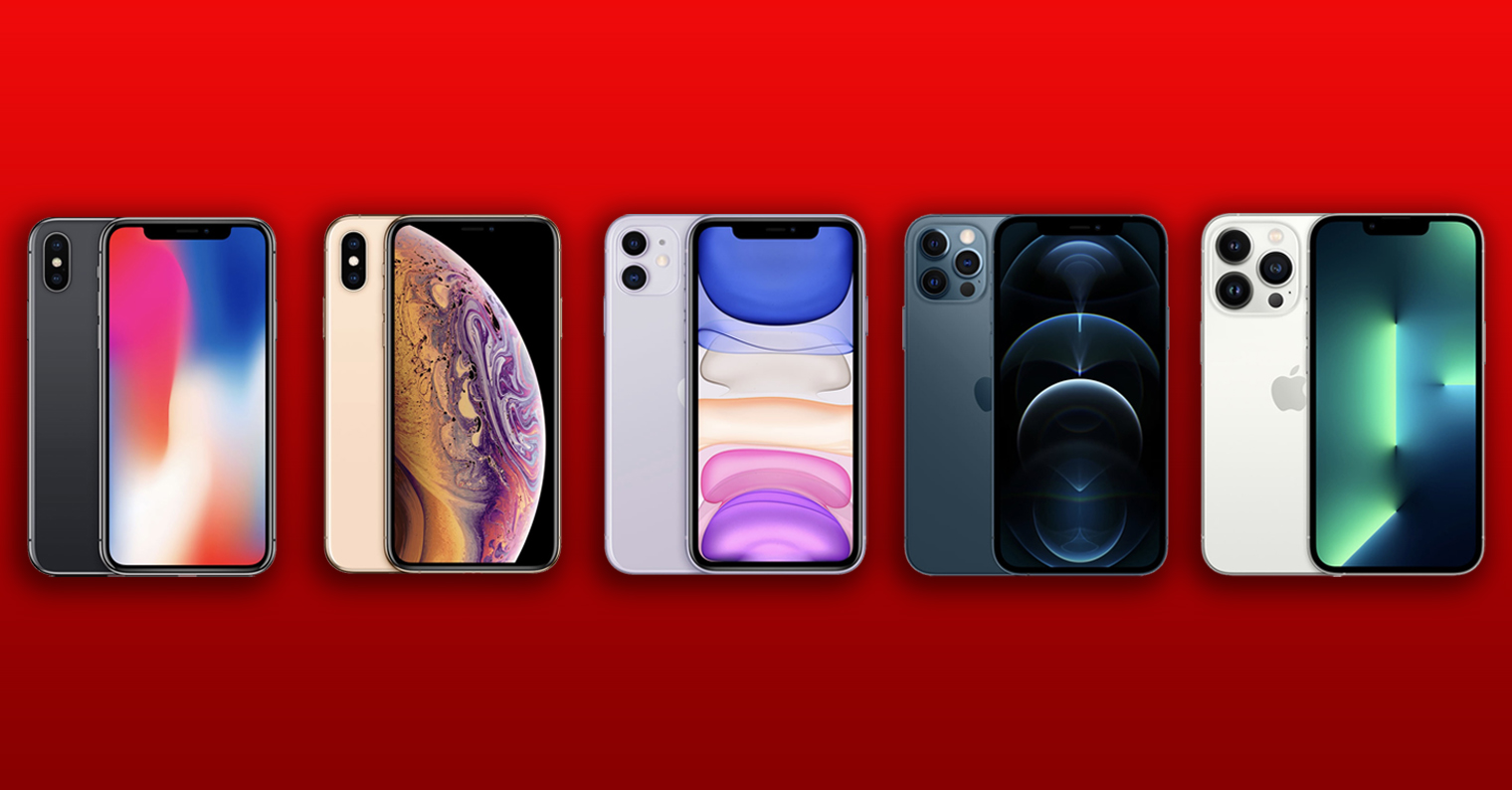
iPhone X: Face ID
In 2017, we saw the introduction of the revolutionary iPhone X, alongside the still "old-fashioned" iPhone 8. The introduction of the iPhone X caused quite a stir in the technology world, as it was this model that determined what Apple phones would look like for the next few years. Primarily, we saw the replacement of Touch ID with Face ID, which is a biometric authentication that uses a 3D scan of the user's face for verification. Thanks to Face ID, there could be a complete redesign of the display, which uses OLED technology and which is spread over the entire front.
It could be interest you
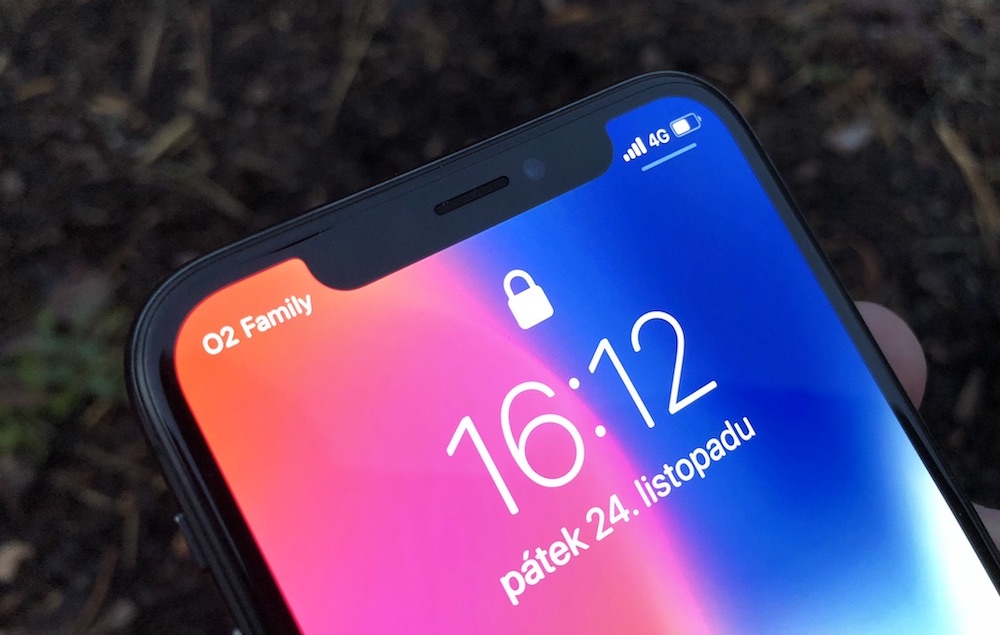
That is, with the exception of the iconic upper cutout, which houses the hardware for the Face ID functionality. That cut-out initially became the target of a lot of criticism, but gradually users got used to it and eventually it became an iconic design element that, on the one hand, is copied by various companies to this day, and with which you can recognize the iPhone from miles away. Finally, it should be noted that Face ID is several times more secure than Touch ID - specifically, according to Apple, it fails only in one in a million cases, while Touch ID had an error rate of one in fifty thousand.
iPhone XS: larger model
A year after the introduction of the iPhone X, the Californian giant introduced the iPhone XS, the last Apple phone that bears the iconic letter S at the end of its designation. It is this letter that has been used since the beginning of Apple phones to denote an improved version of the original model. Compared to the iPhone X, the XS model did not bring any significant changes. However, customers were kind of sorry not to have the larger Plus model that Apple left out with the iPhone X.
It could be interest you

With the arrival of the iPhone XS, the Californian giant listened to the requests of fans and introduced a larger model alongside the classic model. However, for the first time, it did not bear the word Plus in its name, but Max - with the new era of phones, a new name was simply appropriate. The iPhone XS Max therefore offered an unusually large 6.5″ display at the time, while the regular XS model boasted a 5.8″ display. At the same time, we also received one new color, so you could buy the XS (Max) in silver, space gray and gold.
iPhone 11: the cheaper model
With the arrival of the iPhone XS, a larger model with the designation Max was introduced. Another new Apple phone model was presented by Apple in 2019, when we saw a total of three new iPhones, namely 11, 11 Pro and 11 Pro Max. This year, Apple tried to appeal to an even wider range of users with a new, cheaper model. It is true that we also saw a cheaper model in the form of the iPhone XR in 2018, but at that time it was more of an attempt by Apple, which, after all, proves that the designation is not entirely successful.
It could be interest you
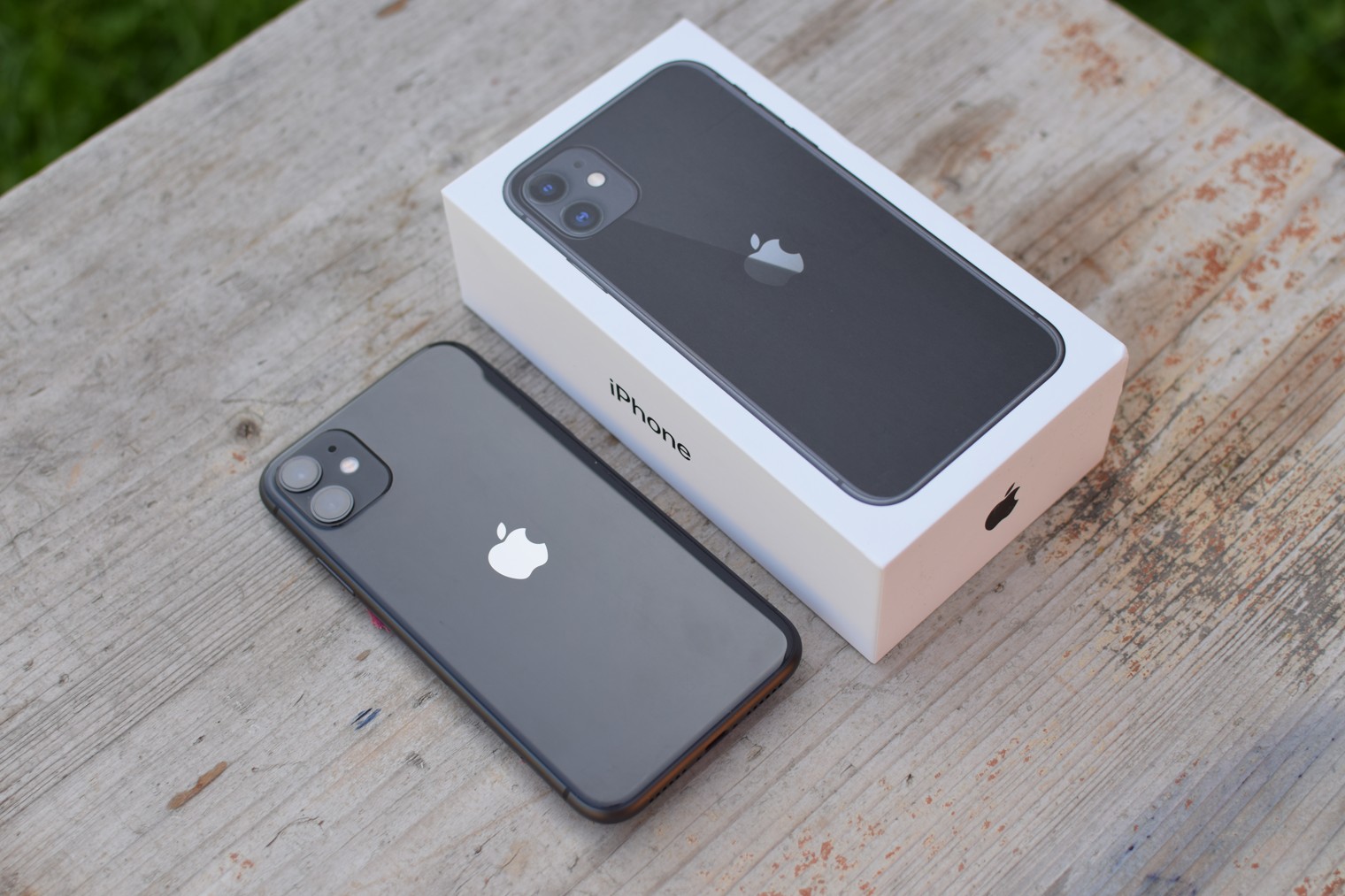
The iPhone 11 then changed their names even more – the cheap model did not contain anything extra in the name and was therefore simply the iPhone 11. The more expensive models then received the designation Pro, so the iPhone 11 Pro and the larger iPhone 11 Pro Max were available. And Apple has stuck to this naming scheme until now. The "elevens" then came with a square photo module, in which there were three lenses in total for the first time in the Pro models. It should be mentioned that the cheapest iPhone 11 has become very popular and Apple even offers it for sale officially in its Apple Store. In terms of design, not much else has changed, only the Apple logo has been moved from the top to the exact center on the back. The original location would not look good in combination with a larger photo module.
iPhone 12: sharp edges
If you are a little more familiar with the apple world, you surely know that Apple has a kind of three-year cycle for iPhones. This means that for three years, that is, three generations, iPhones look very similar and their design changes only minimally. Another three-year cycle was completed with the introduction of the iPhone 11 in 2019, so more significant design changes were expected, which indeed came. The Apple company decided to go back to its roots and in 2020 introduced the new iPhone 12 (Pro), which no longer has rounded edges, but rather sharp, similar to the iPhone 5s era.
It could be interest you
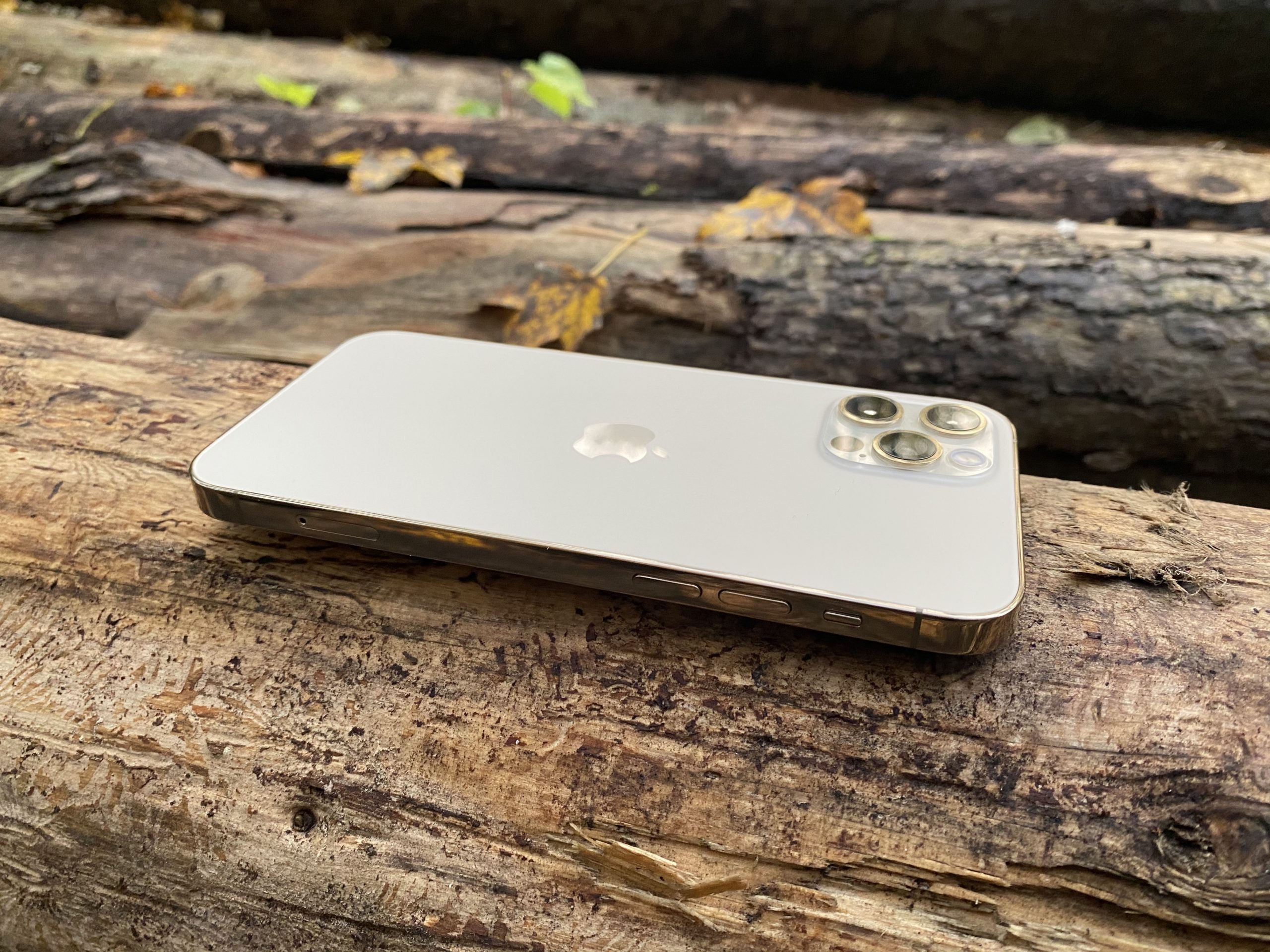
The majority of users fell in love with this design change - and it is certainly not surprising, given the popularity of the old "five-esque", which has become for many the entry device into the Apple ecosystem. To make matters worse, the iPhone 12 series did not contain only three phones, but four. In addition to the iPhone 12, 12 Pro and 12 Pro Max, Apple also came up with the tiny iPhone 12 mini, which many individuals, especially from the country and Europe, called for. As with the iPhone 11, the iPhone 12 and 12 mini are still being sold directly from the Apple Store at the time of writing.
iPhone 13: great cameras and display
Currently, the latest Apple phones are those from the iPhone 13 (Pro) series. Although it may not seem like it at first glance, it is necessary to mention that these machines came with several changes and innovations that are definitely worth it. Primarily, we saw a really big improvement in the photo system, especially in the 13 Pro and Pro Max models. We can mention, for example, the possibility of shooting in the Apple ProRAW format, which preserves more information, which subsequently provides more freedom for adjustments in post-production. In addition to Apple ProRAW, both more expensive models can record video in Apple ProRes, a special format that can be used by professional filmmakers. For all models, Apple also introduced a film mode, with the help of which it is possible to focus on faces or various objects during filming (or after it in post-production).
It could be interest you

In addition to the improvements to the camera, there have also been improvements to the display, which finally, after a long wait, manages an adaptive refresh rate of up to 120 Hz. It is taken care of by the ProMotion function, which we know from the iPad Pro. After four years, the cut-out for Face ID was also reduced, which was appreciated by many users. However, it is necessary to mention that we should not completely count on the mini model in the future. With the iPhone 12, it looked like the mini would be a hit, but in the end it turned out that it is only popular here, while in America, which is the main one for Apple, it is exactly the opposite, and users here are looking for the biggest possible smartphones. It is therefore possible that the iPhone 13 mini will be the last mini model in the range.
 Flying around the world with Apple
Flying around the world with Apple 





